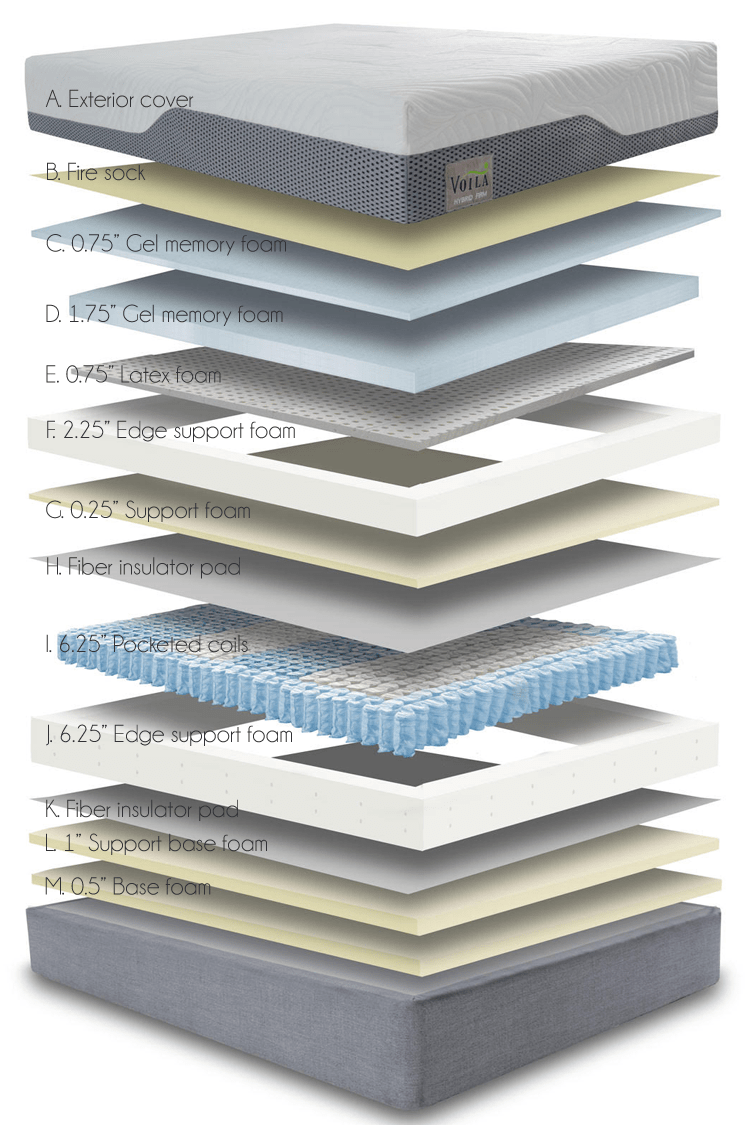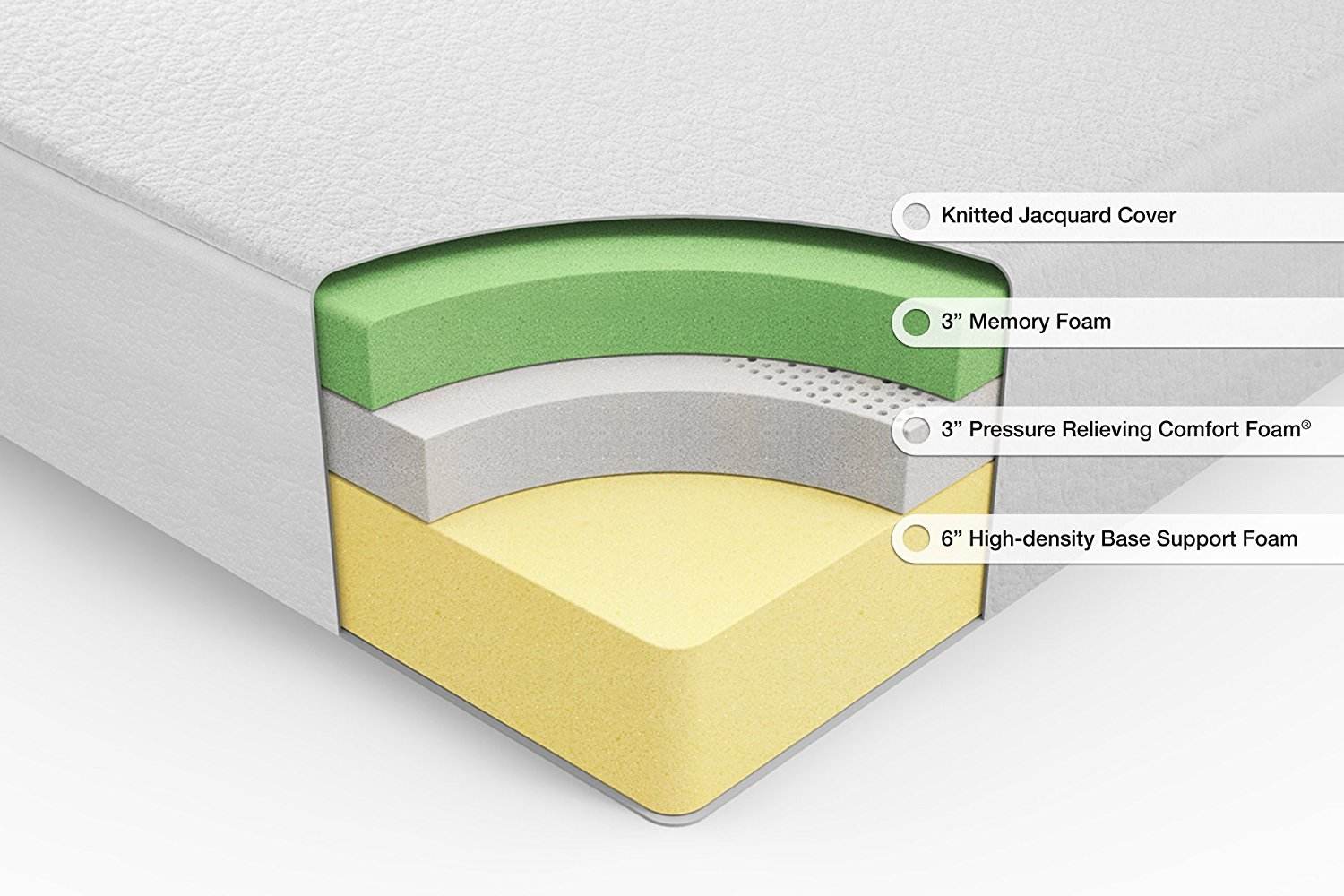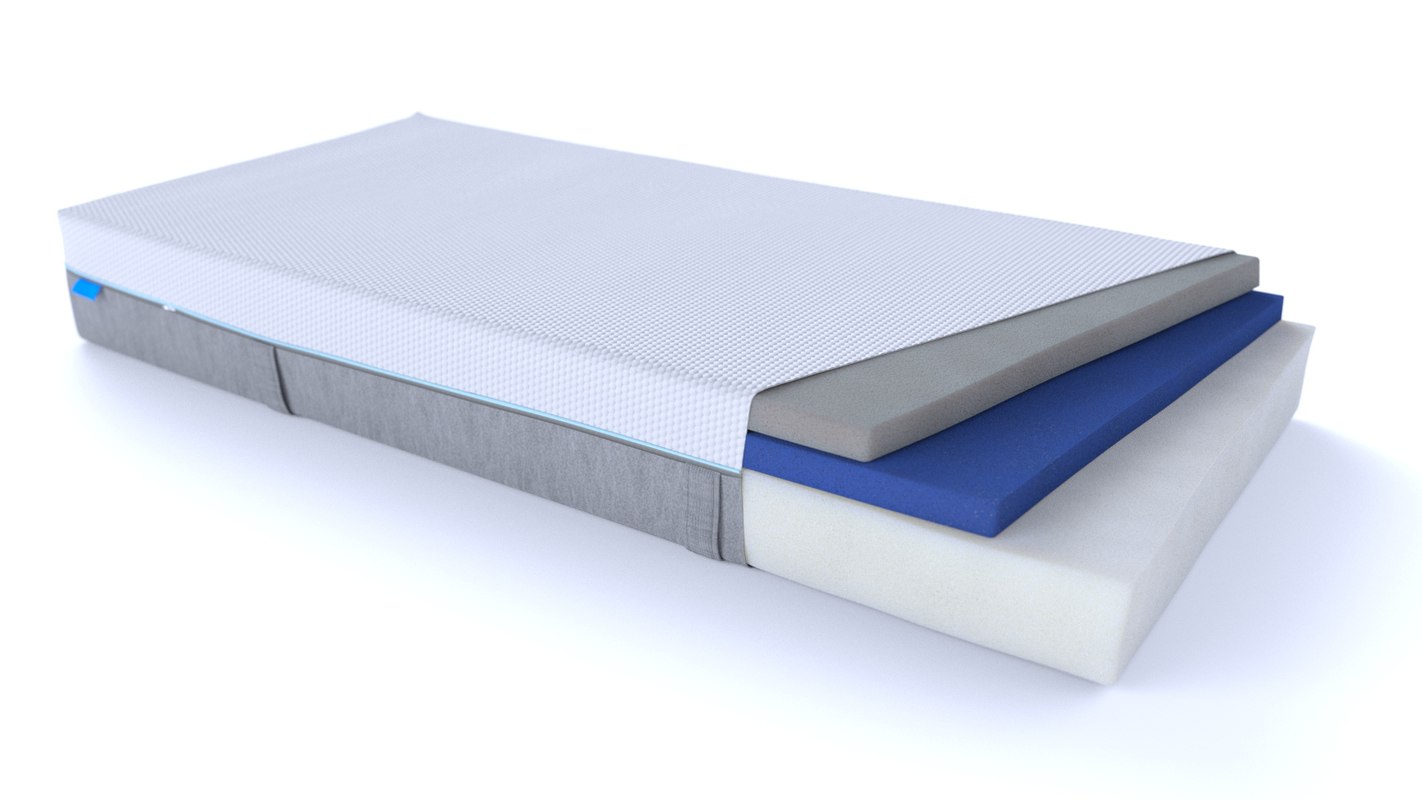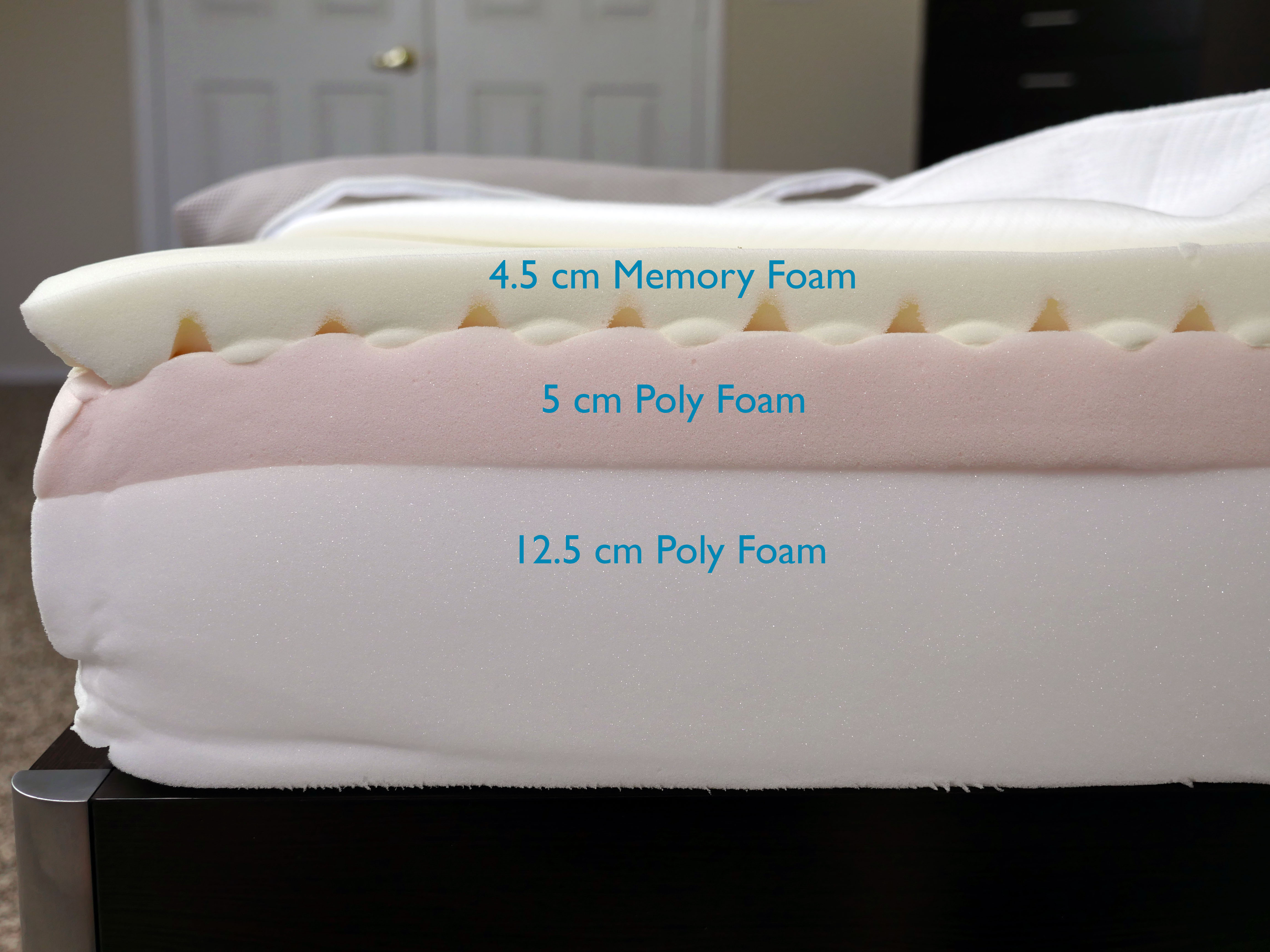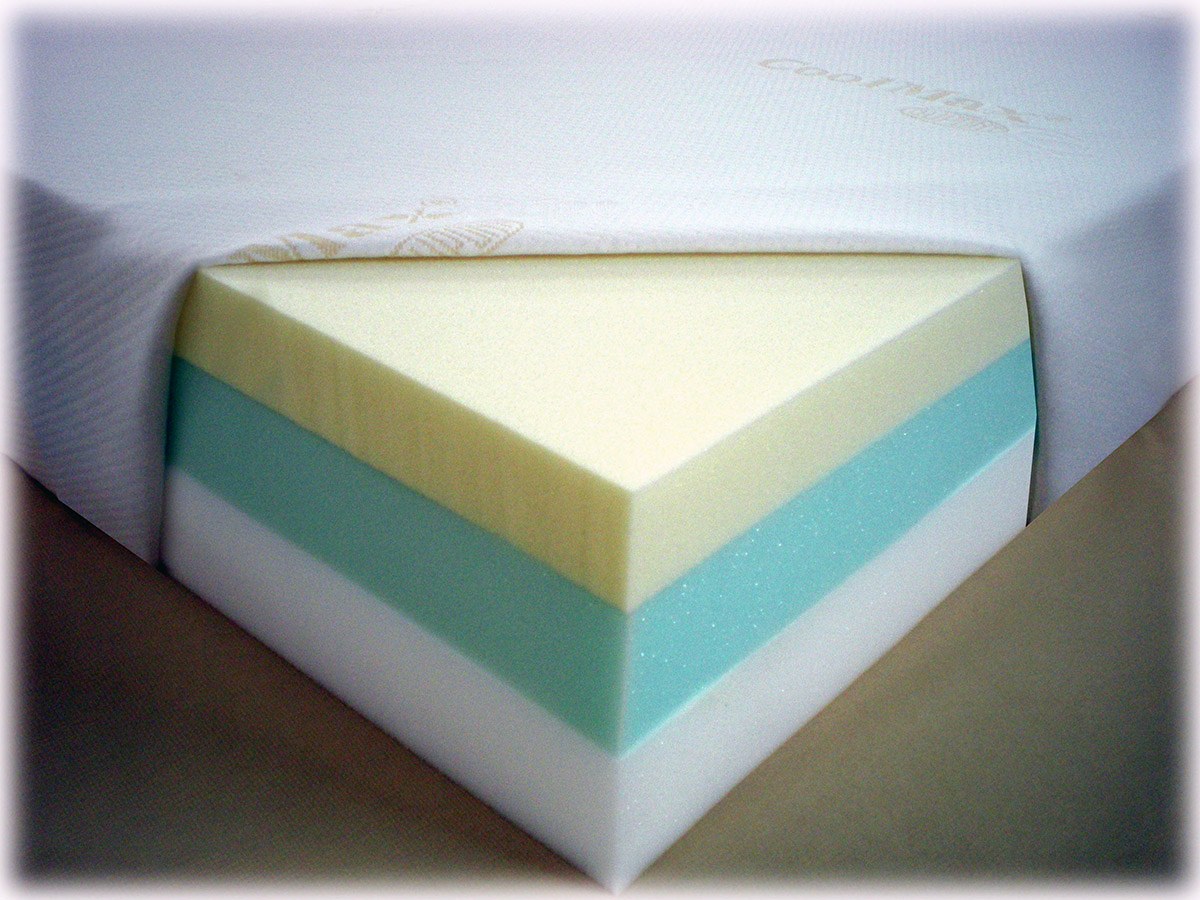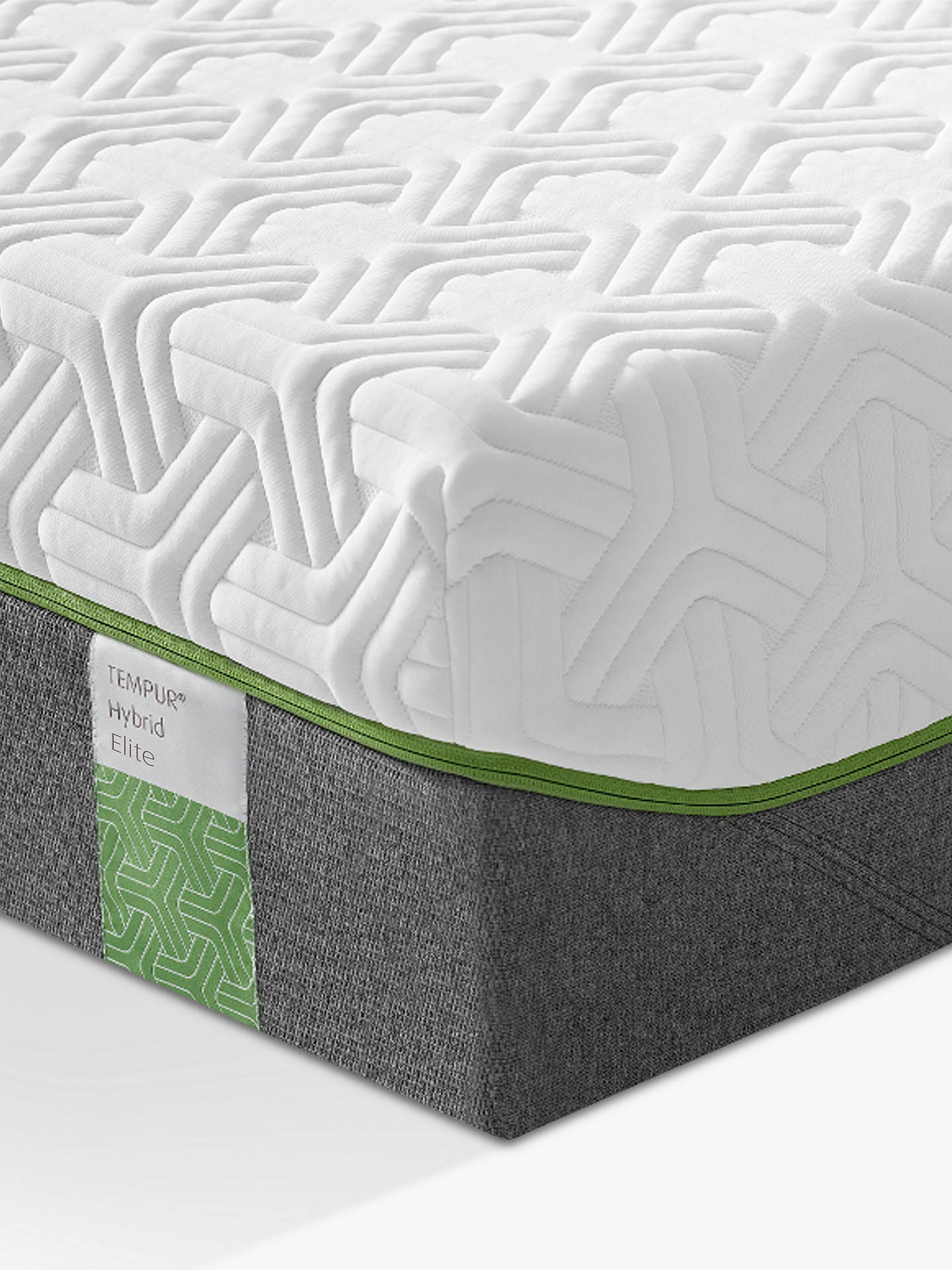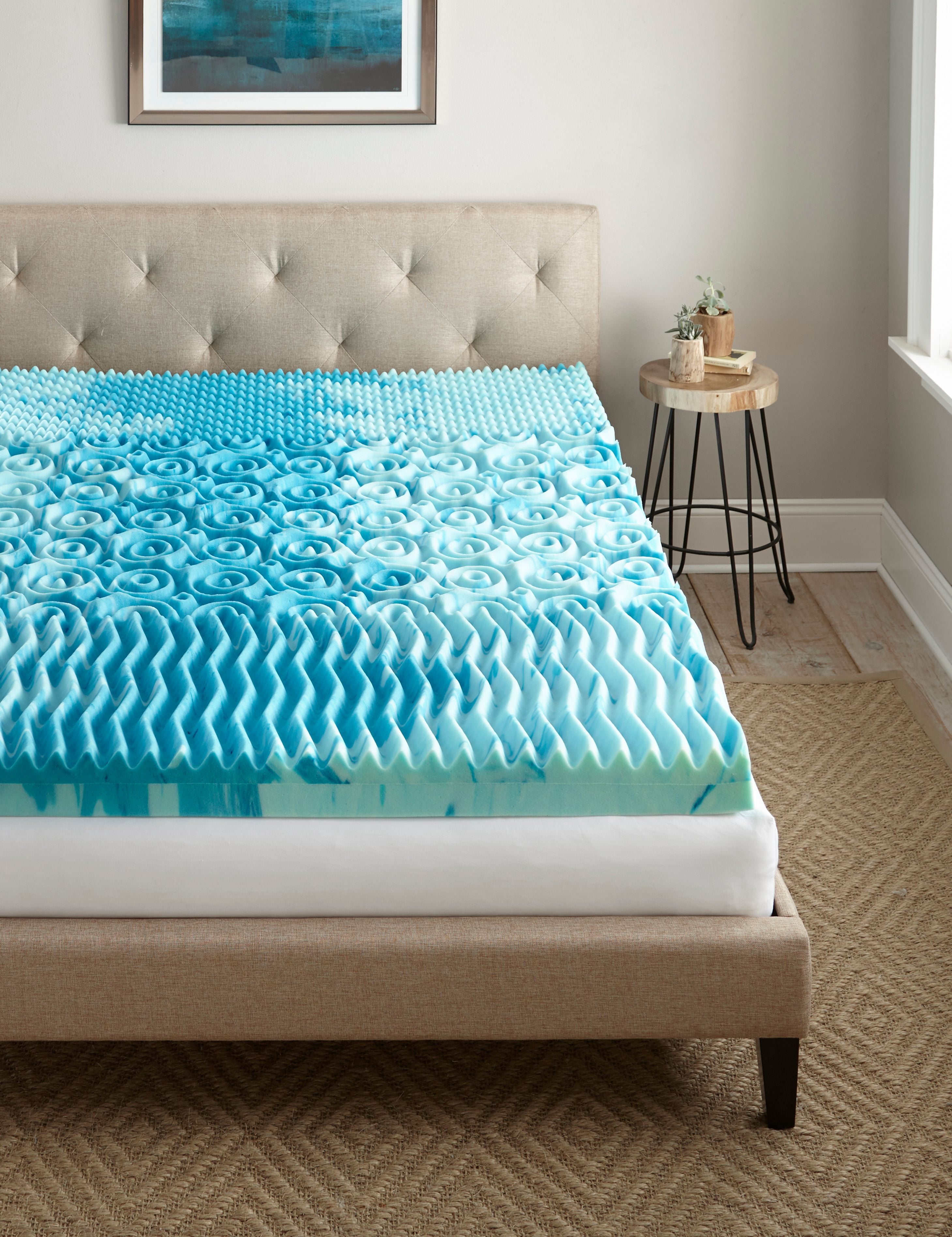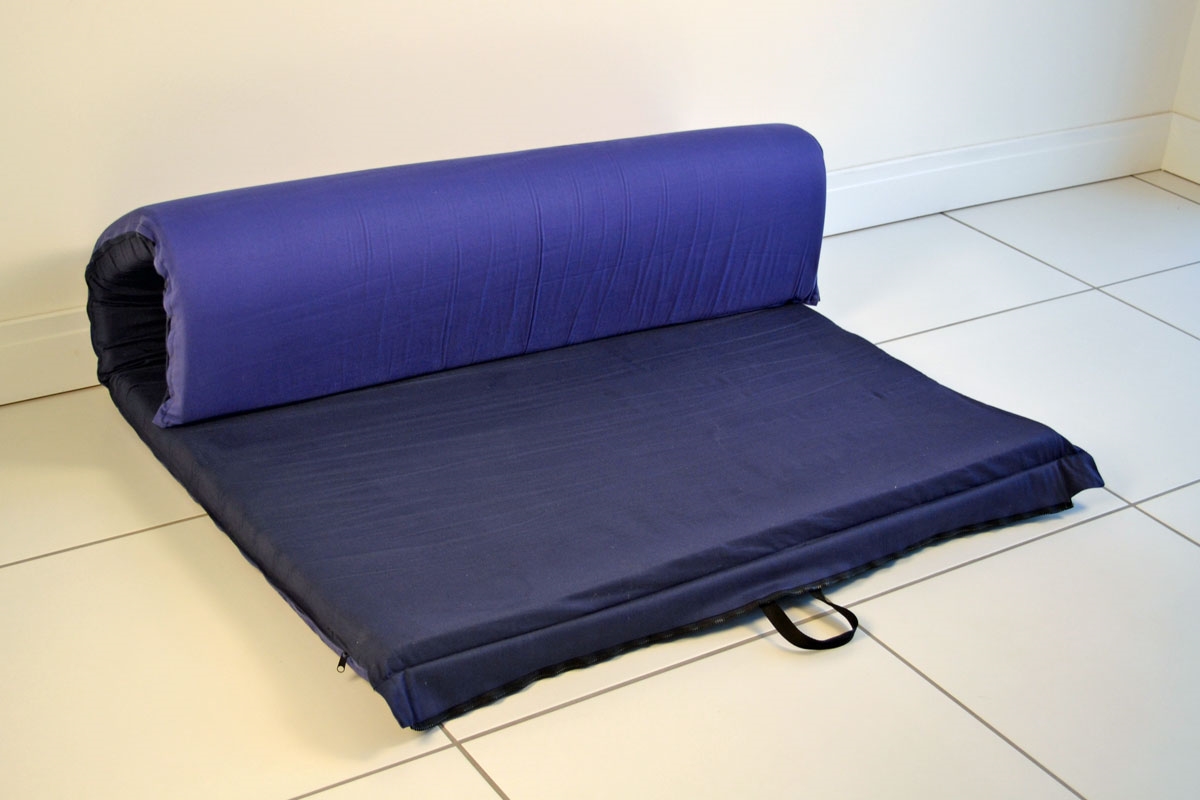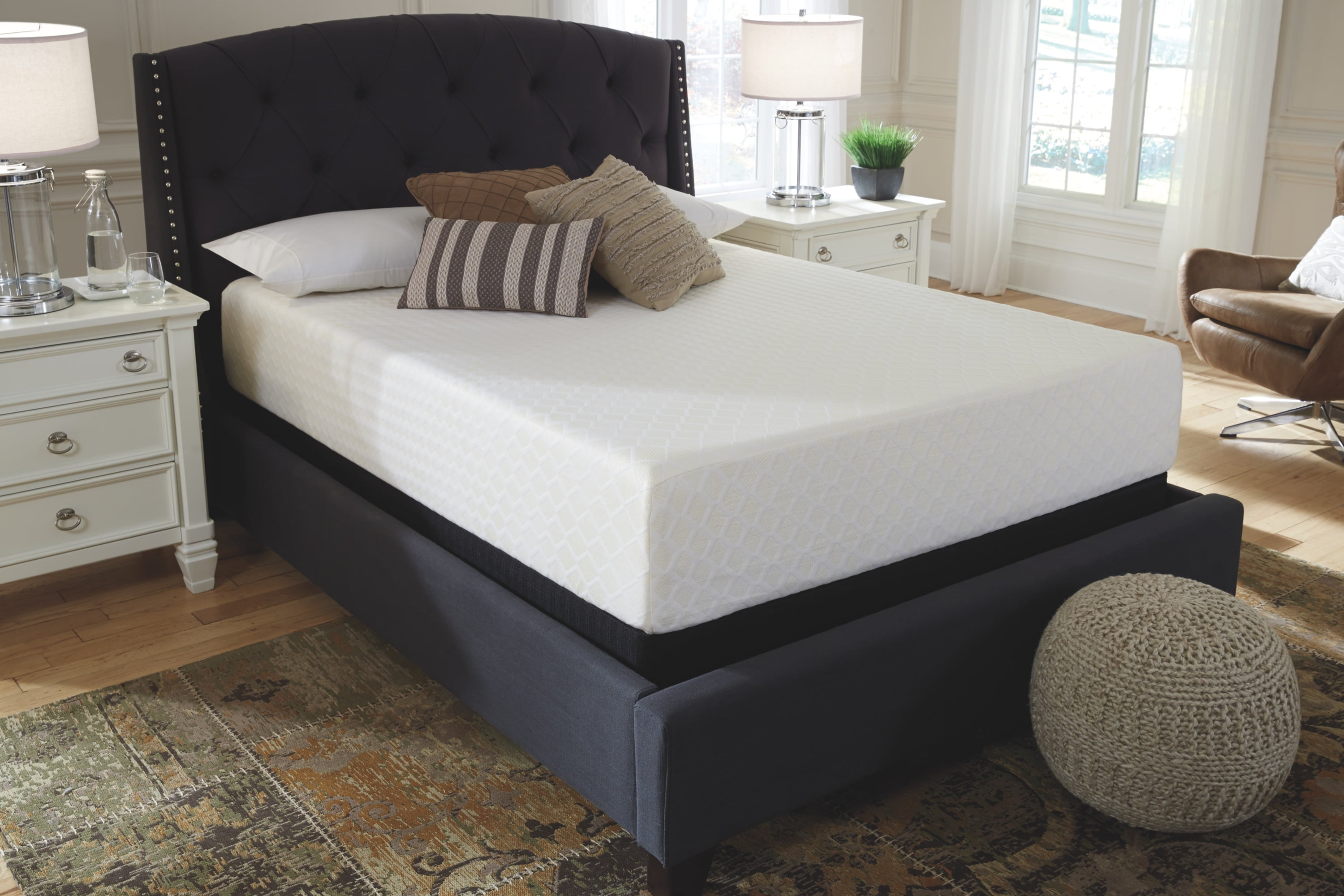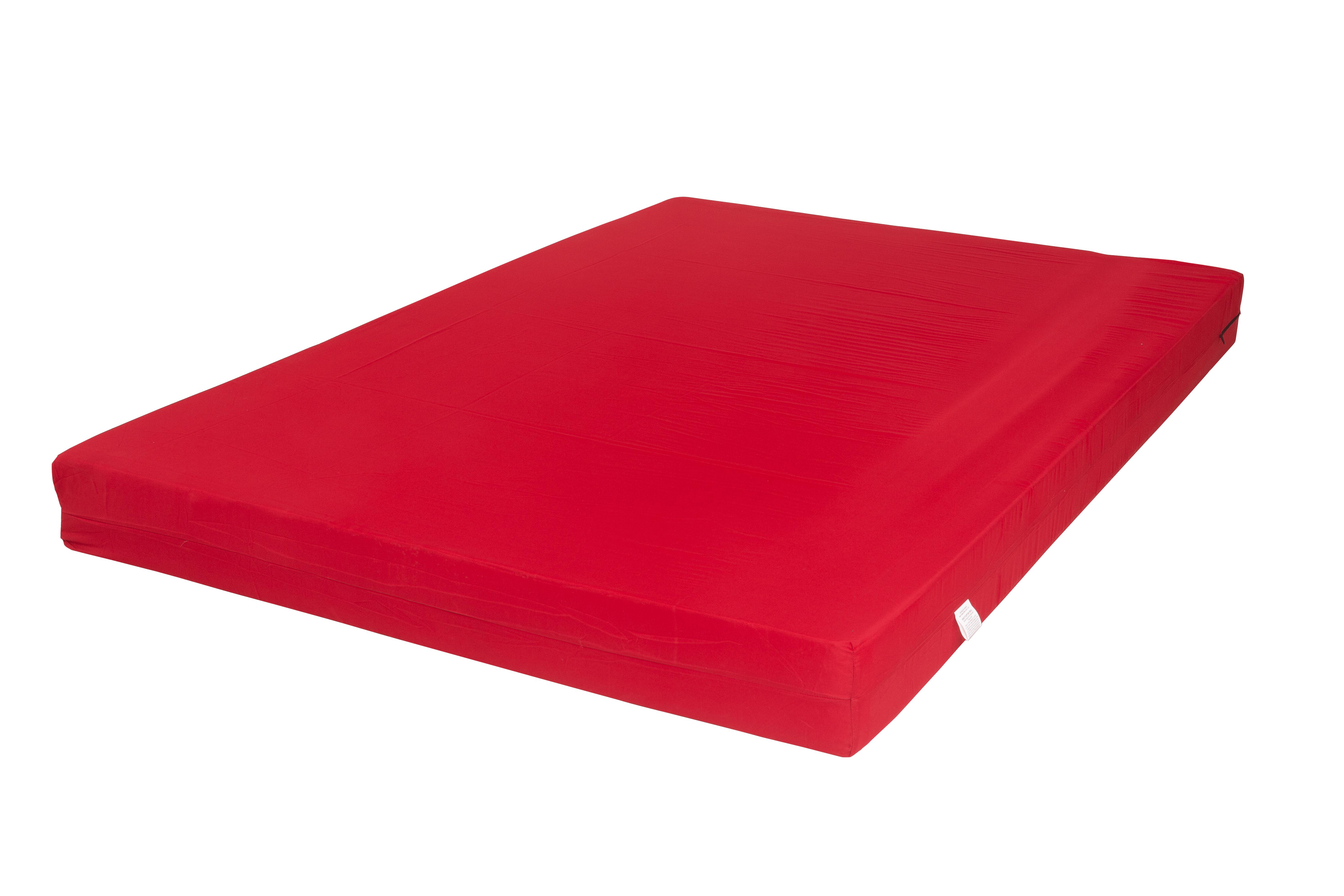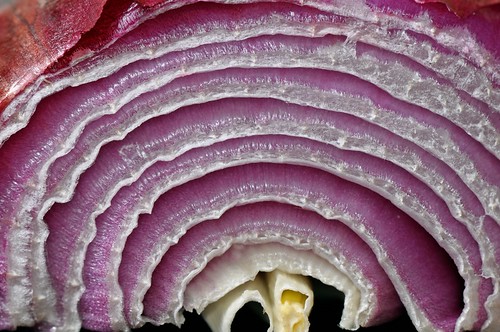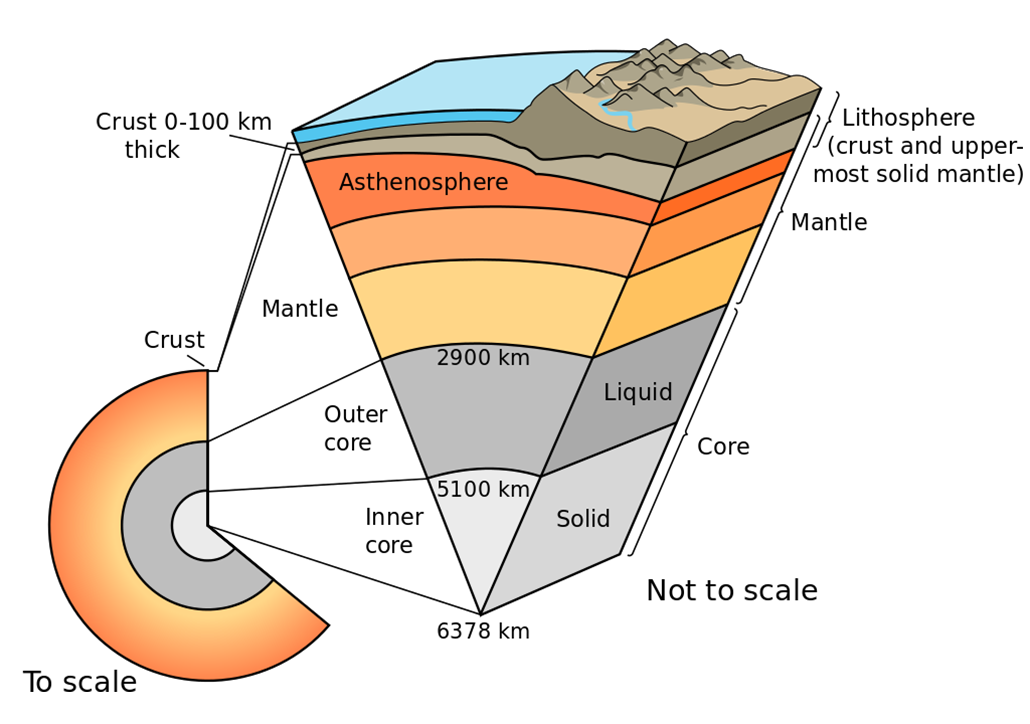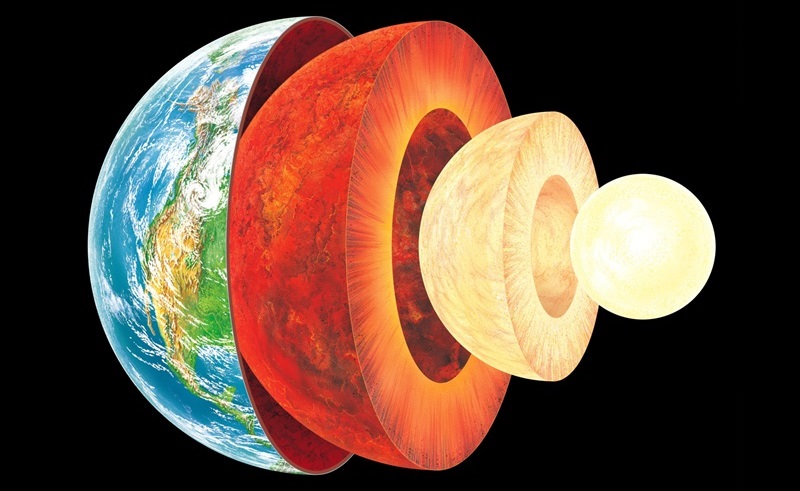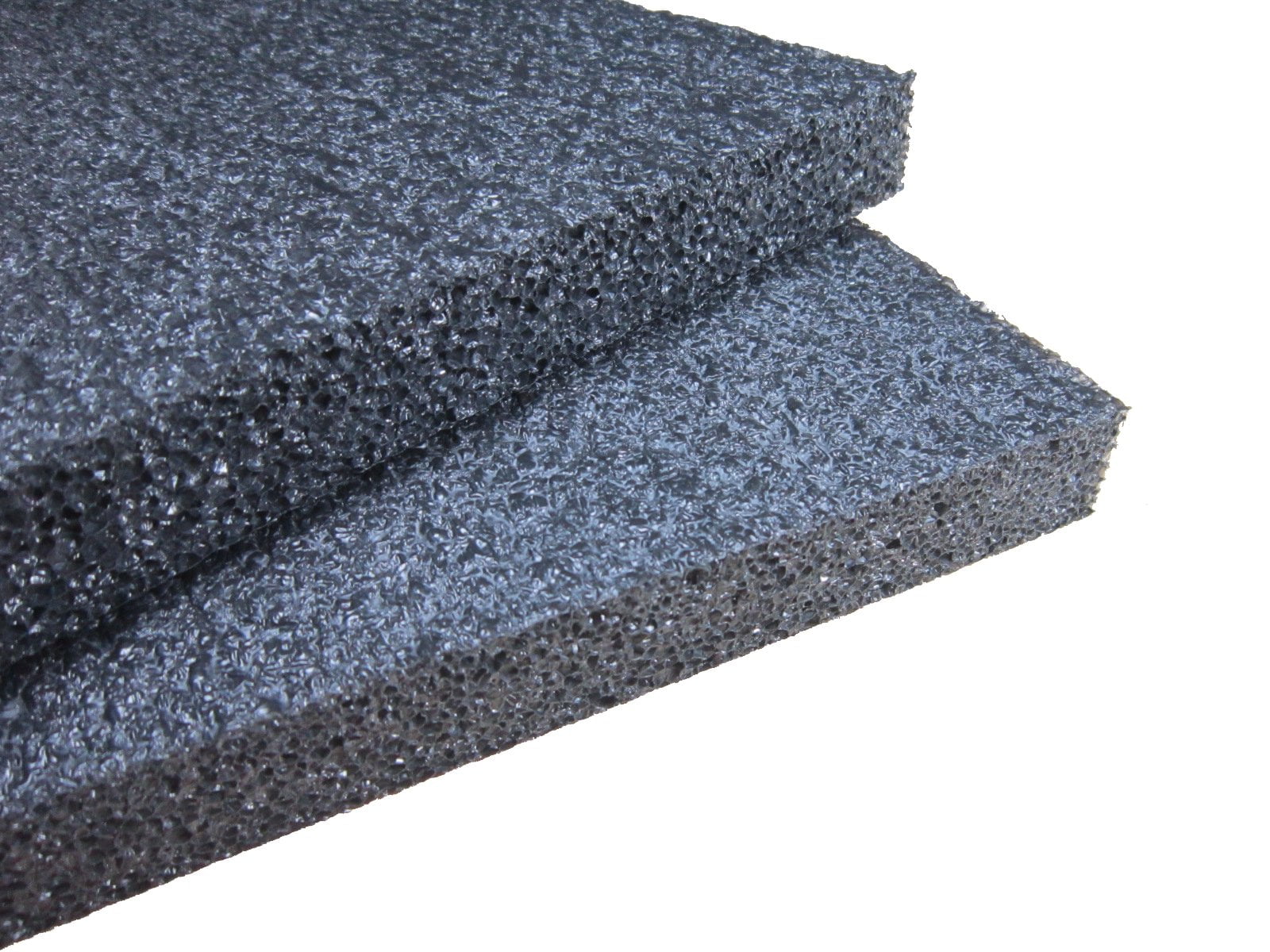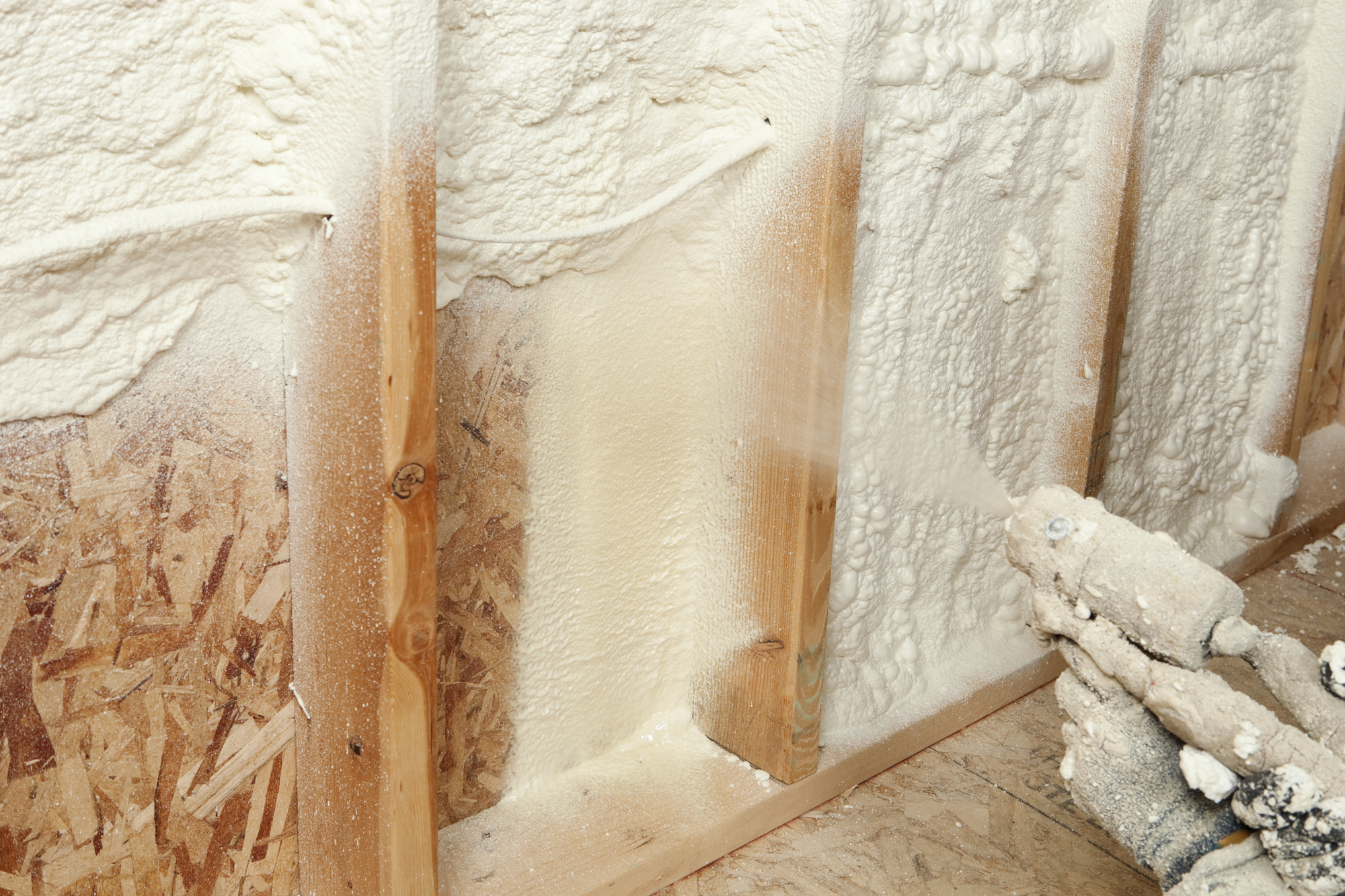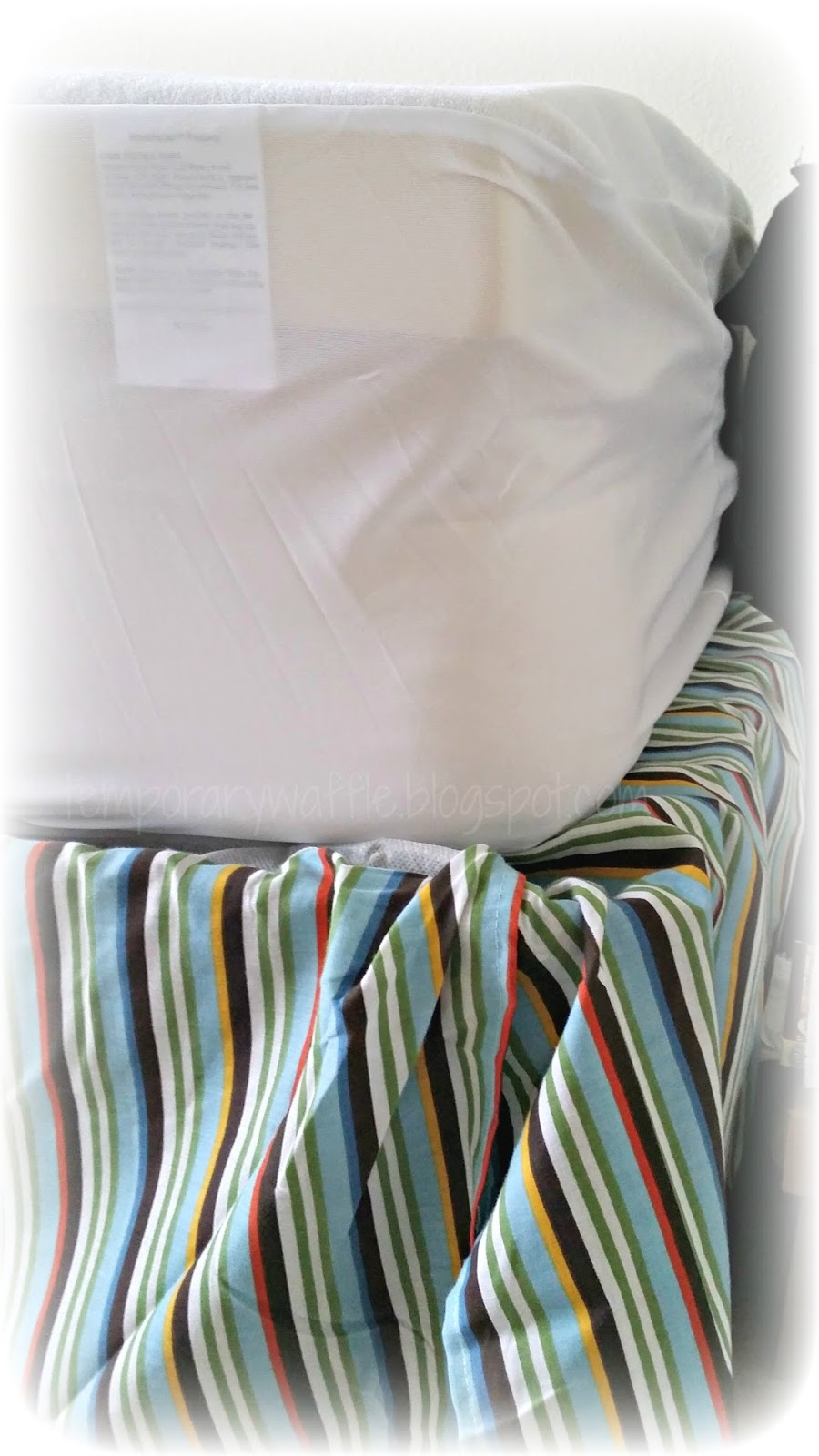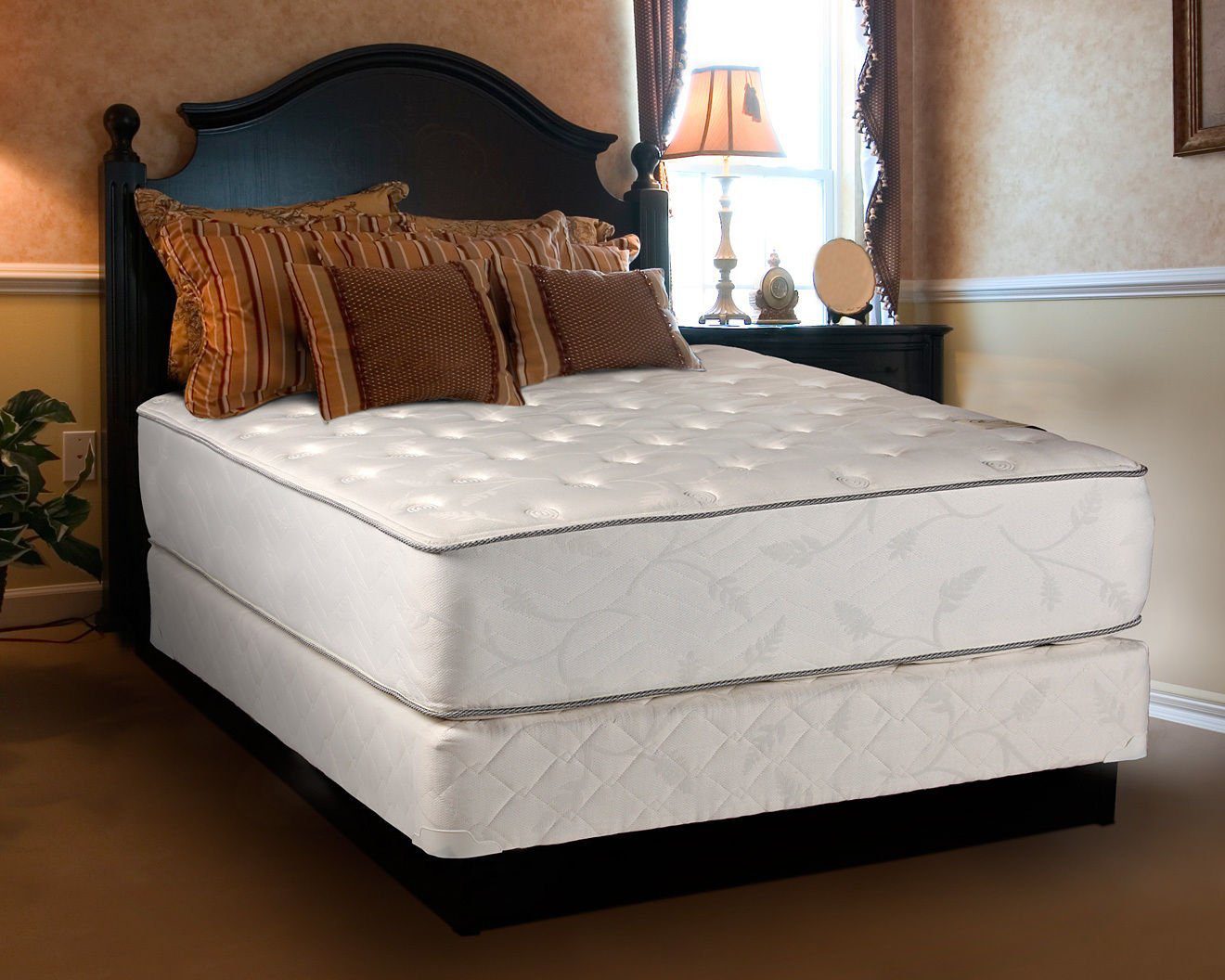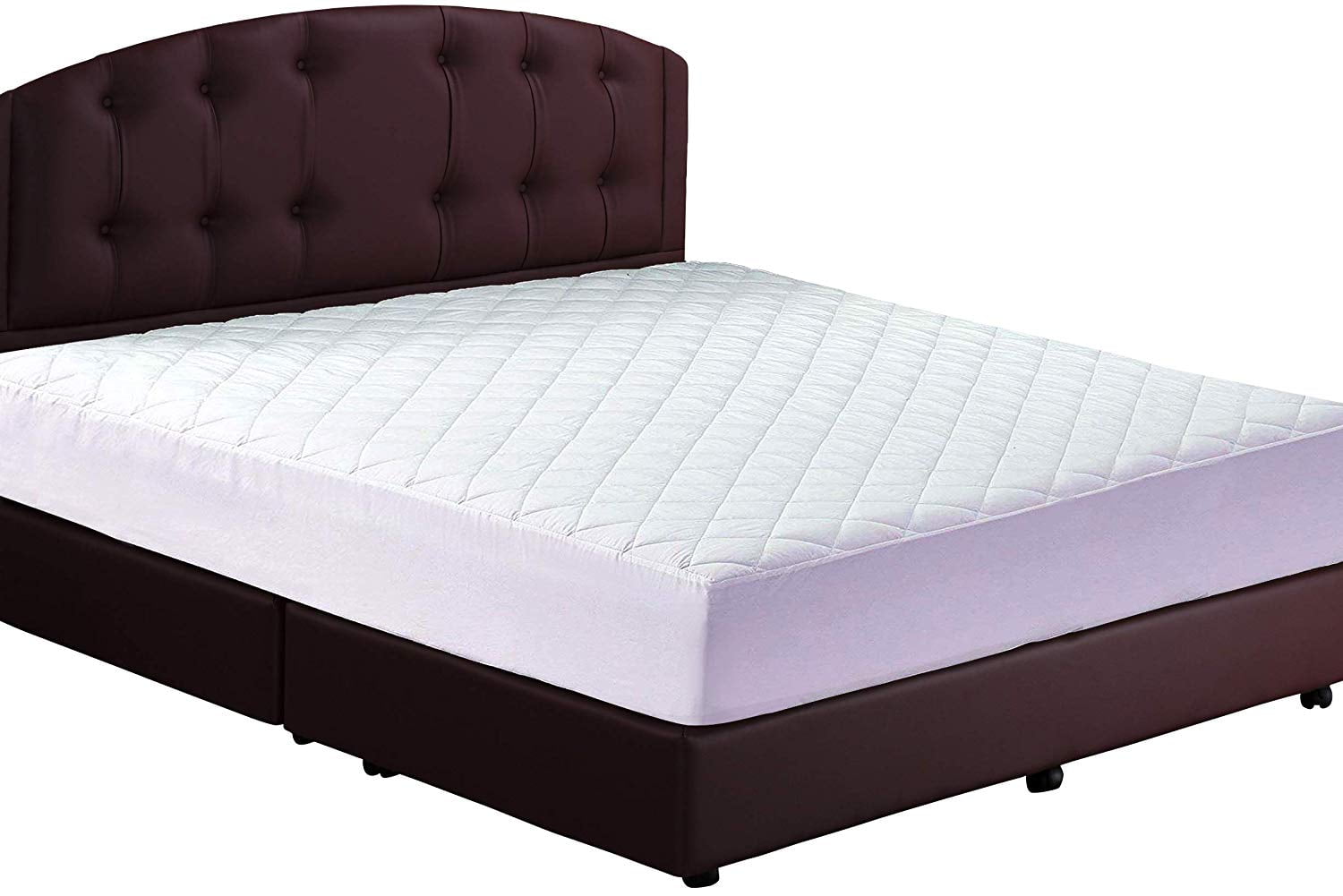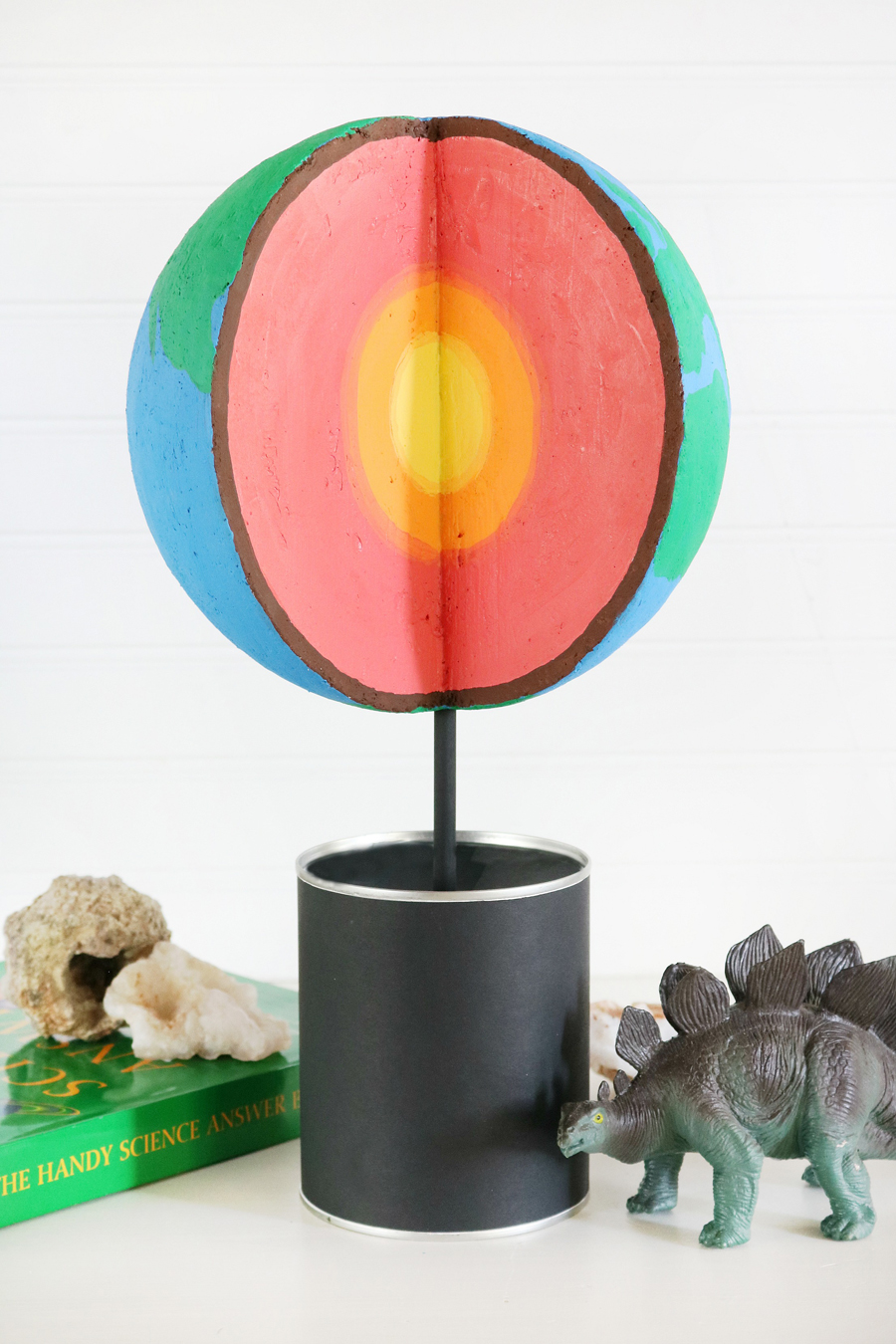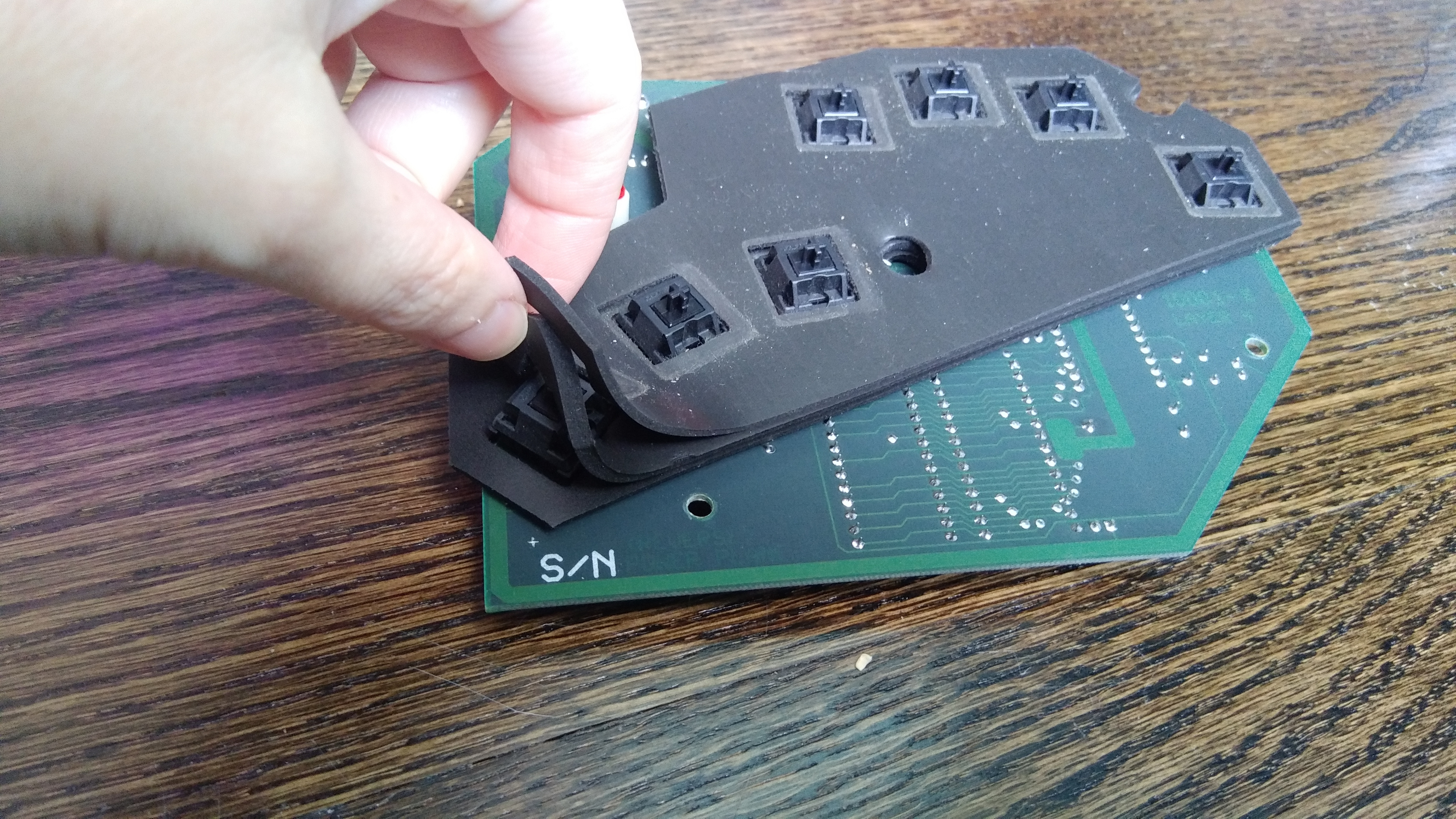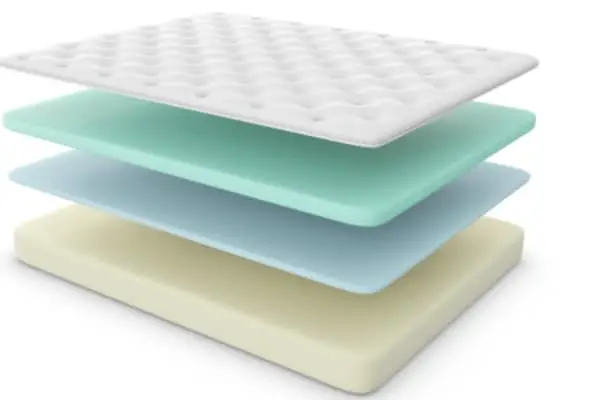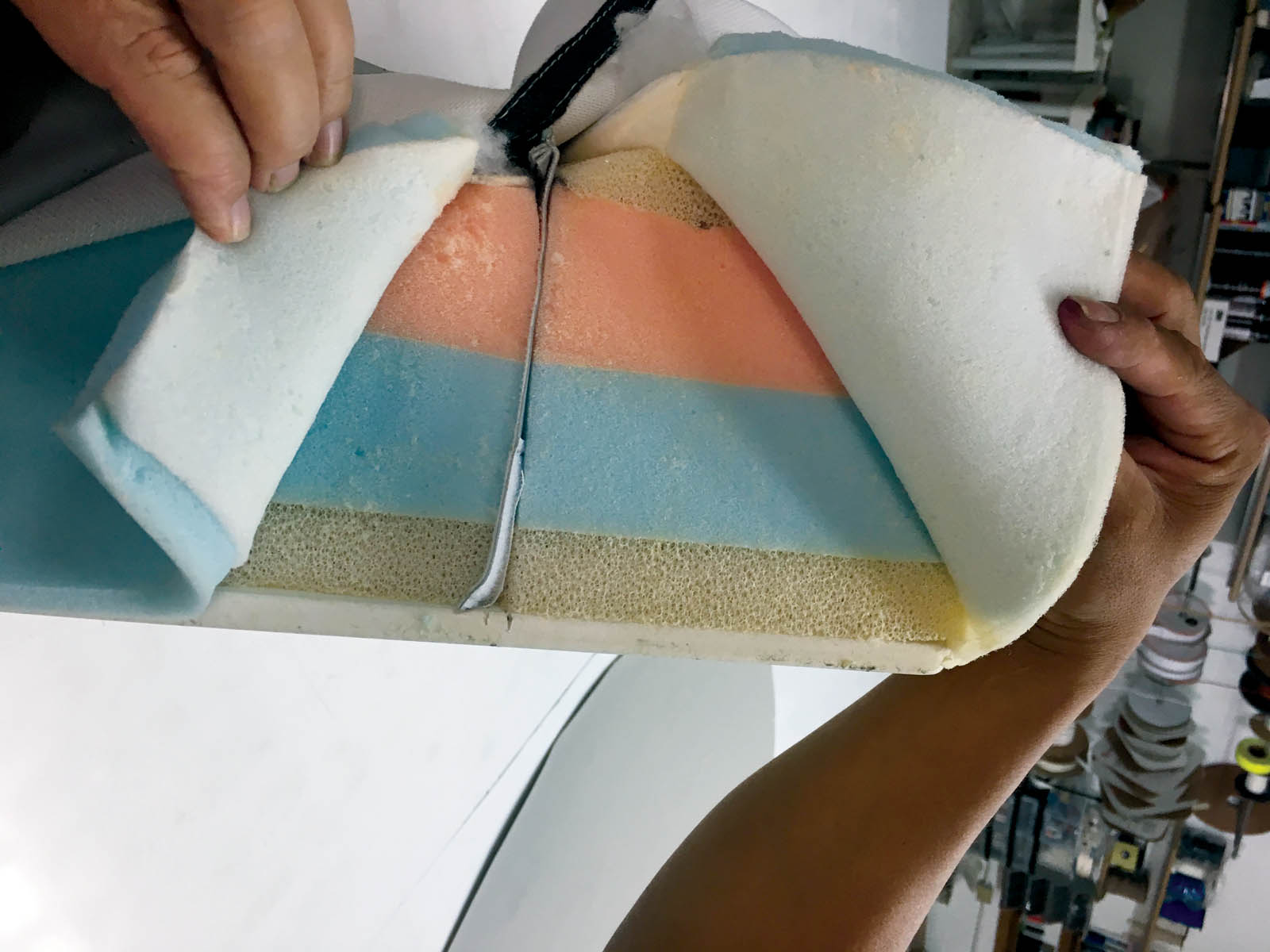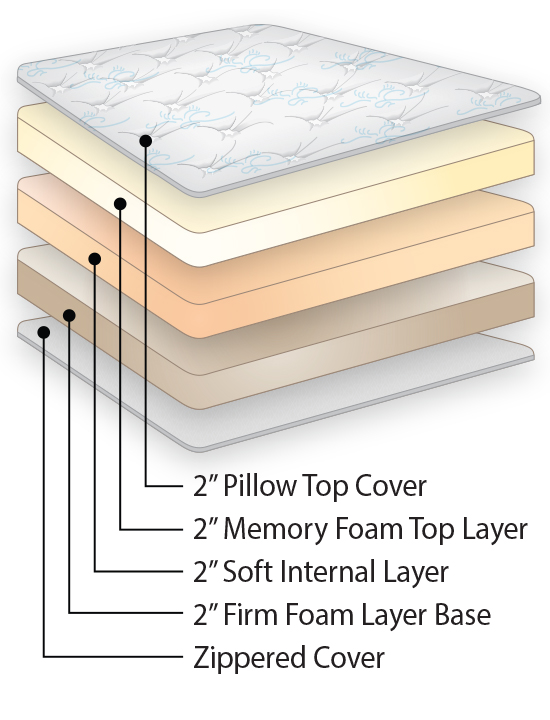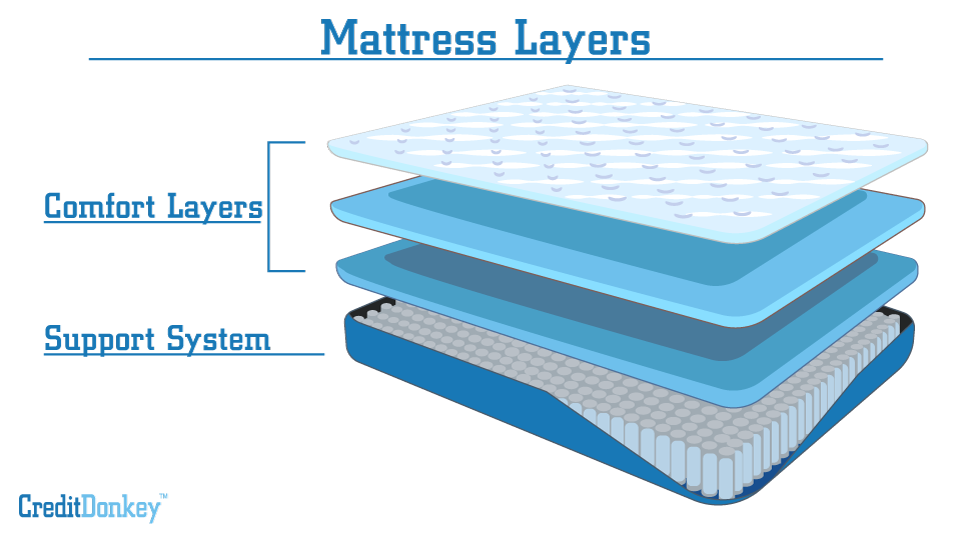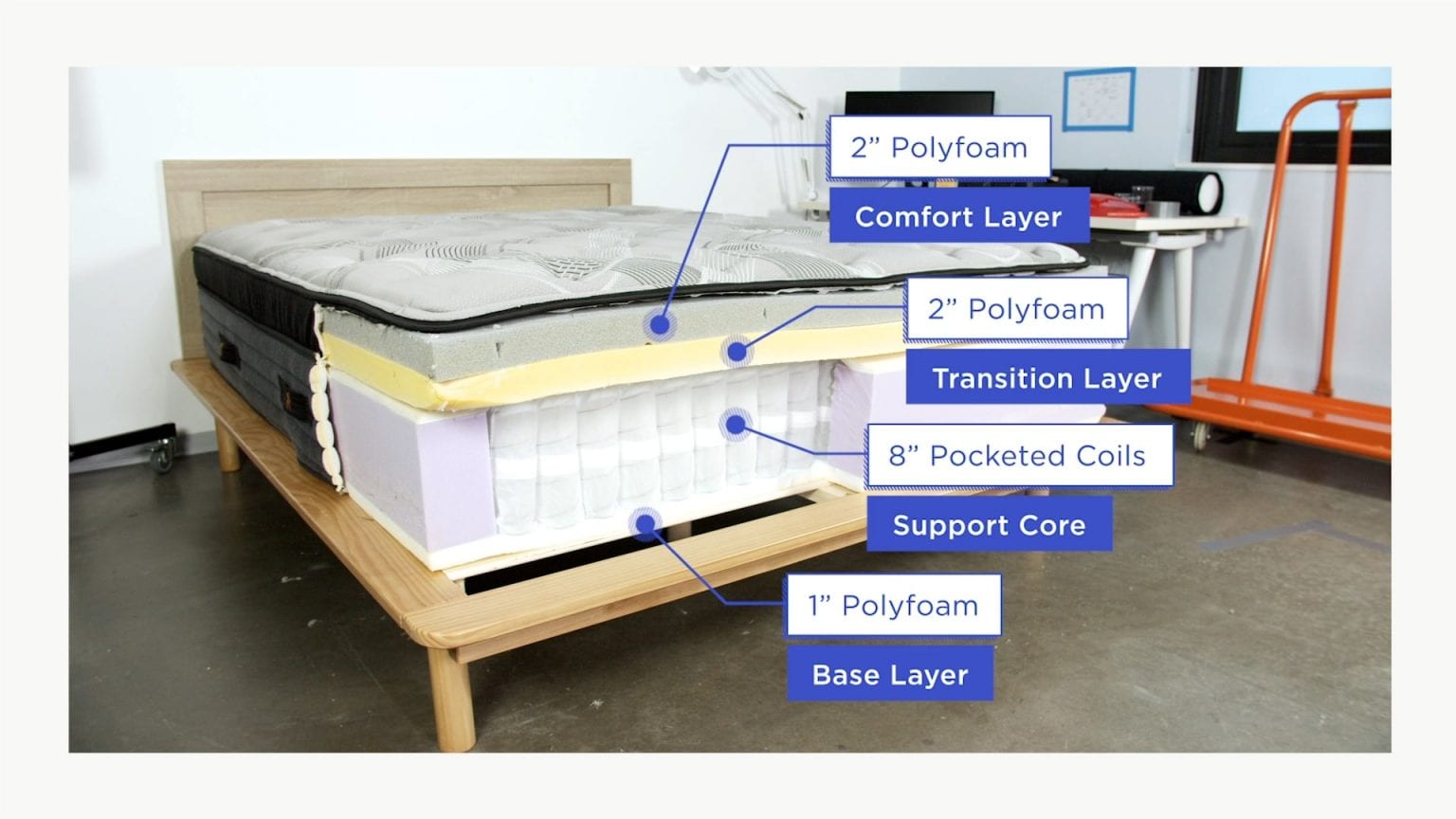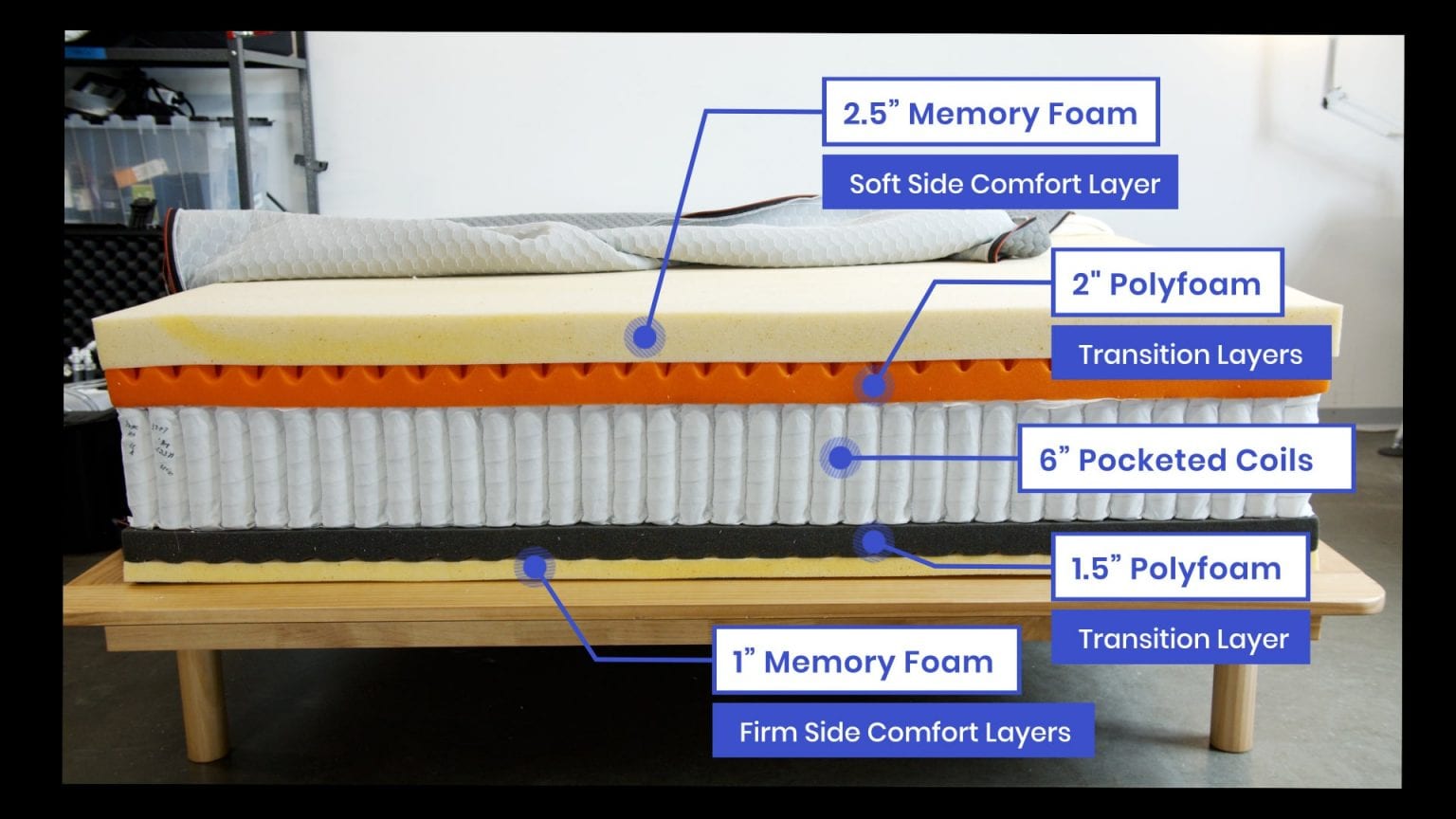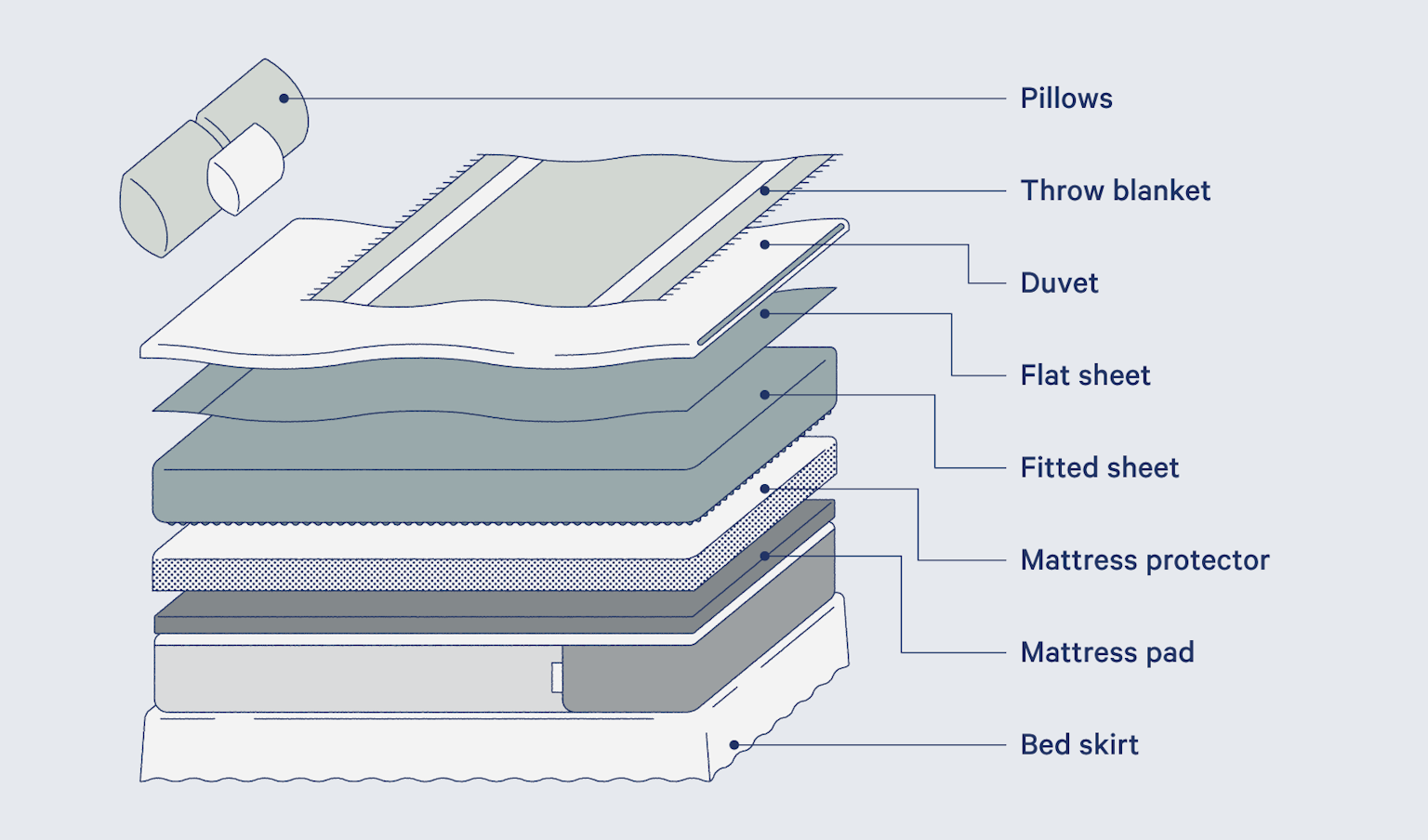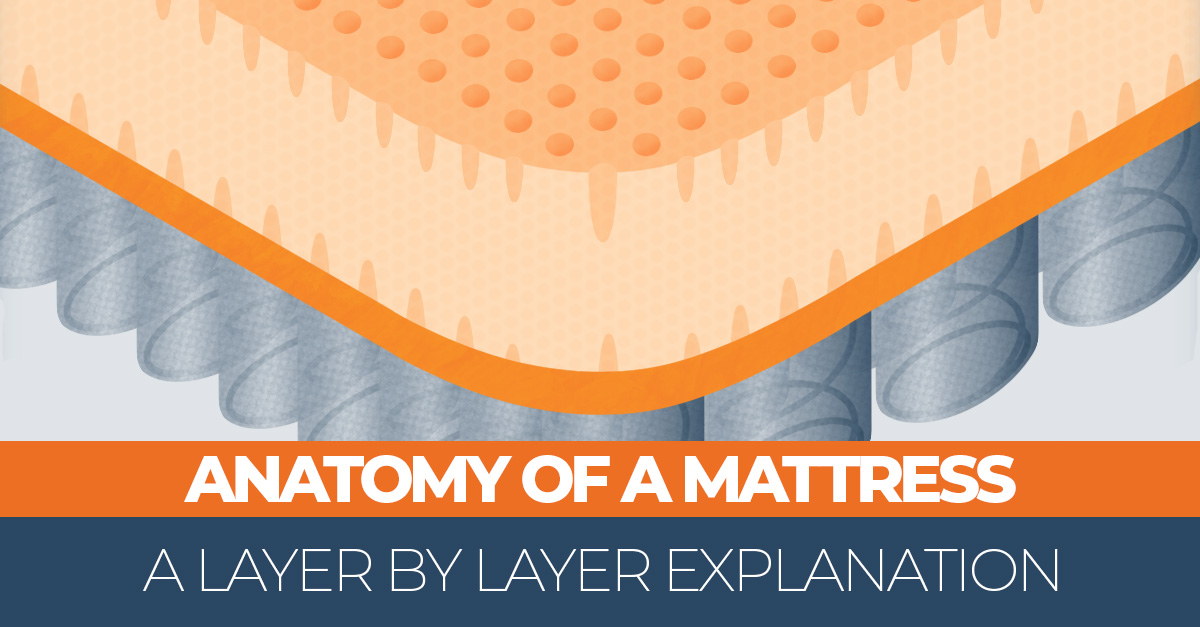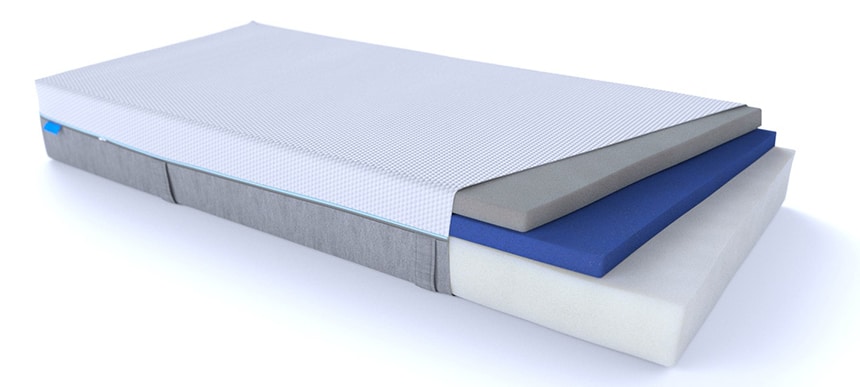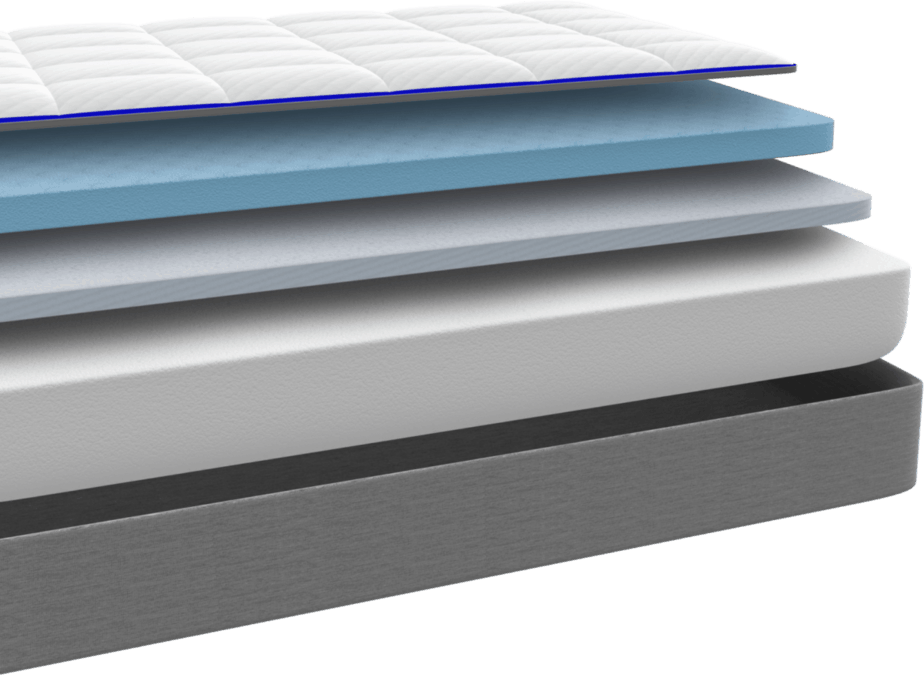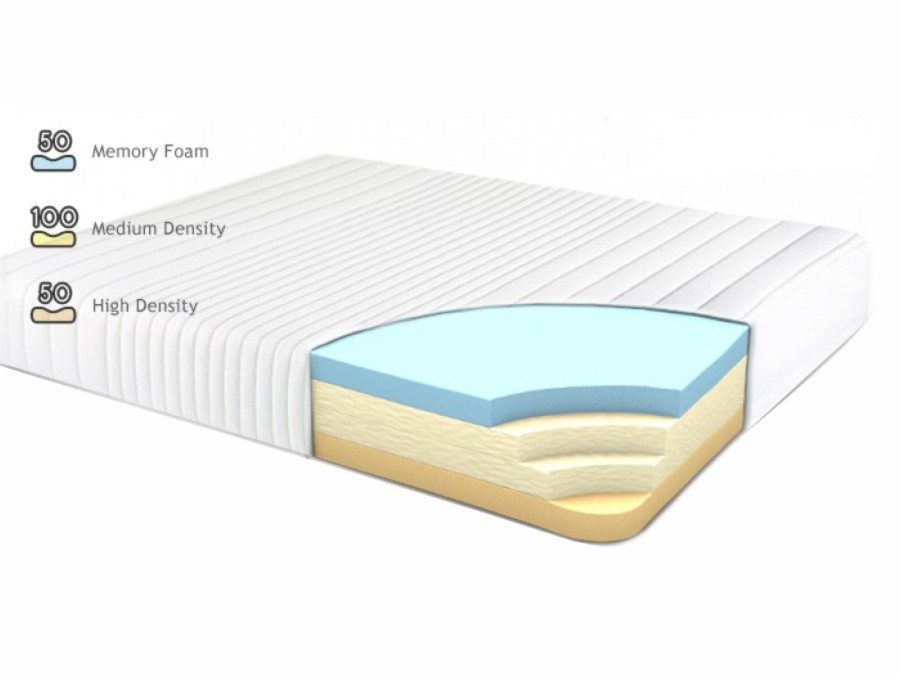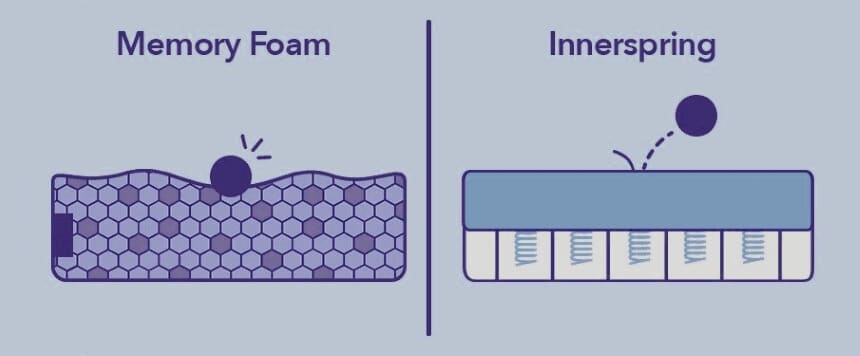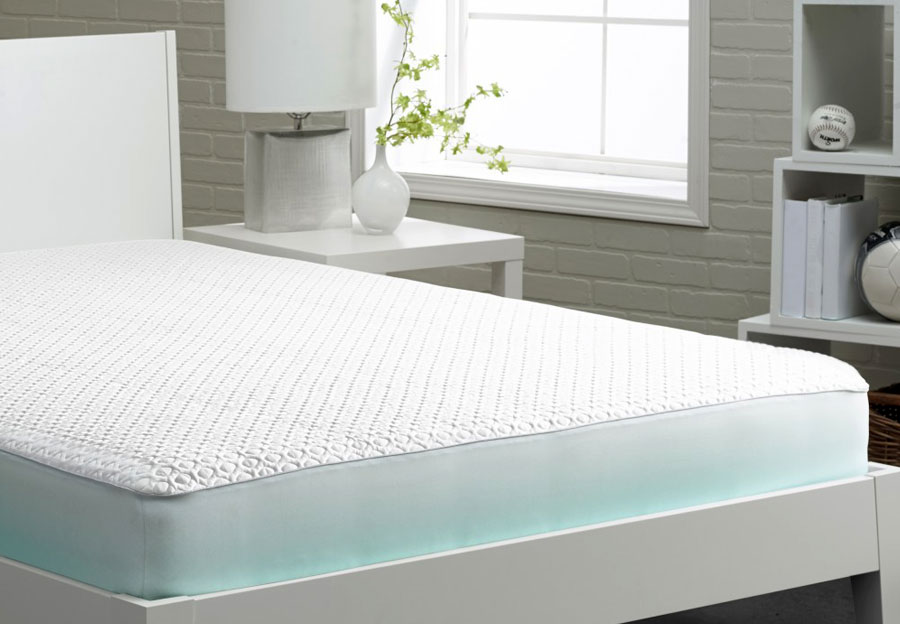Foam mattresses have become increasingly popular in recent years due to their ability to provide excellent comfort and support. However, what sets them apart from traditional spring mattresses is their unique construction, particularly their layers of foam. These layers not only determine the overall feel and support of the mattress, but they also play a crucial role in regulating temperature and improving durability. In this article, we will take a closer look at the top 10 main layers in a foam mattress and their importance in creating the perfect sleeping experience.1. Understanding the Importance of Foam Mattress Layers
Before diving into the individual layers, it's essential to understand the basic construction of a foam mattress. Most foam mattresses consist of three main layers – the support layer, the transition layer, and the comfort layer. These layers work together to provide varying levels of support and comfort, making them suitable for a wide range of sleepers. Let's explore each layer in more detail.2. The Basics of Foam Mattress Layers
The support layer is the foundation of the mattress and is responsible for providing overall support to your body. This layer is typically made of high-density foam and is placed at the bottom of the mattress. It is the thickest and most robust layer, ensuring that your body weight is evenly distributed and preventing you from sinking too far into the mattress. The support layer also plays a crucial role in maintaining proper spinal alignment, which is essential for a good night's sleep.3. The Support Layer
Directly above the support layer is the transition layer, which serves as a buffer between the support and comfort layers. This layer is usually made of a slightly softer foam than the support layer and helps to relieve pressure points and provide additional support. It also aids in the smooth transition from the firmer support layer to the softer comfort layer, creating a balanced and comfortable sleeping surface.4. The Transition Layer
The top layer of a foam mattress is the comfort layer, and it is responsible for providing the luxurious feel and pressure relief that foam mattresses are known for. This layer is typically made of memory foam or latex foam and conforms to your body's shape, cradling you in a comfortable and supportive embrace. The thickness and density of the comfort layer can vary, allowing you to customize the level of softness based on your preferences.5. The Comfort Layer
Memory foam is a popular material used in comfort layers due to its excellent pressure-relieving properties. It is highly responsive to heat and pressure, allowing it to mold to your body's shape and distribute your weight evenly. Memory foam also has a slow response time, giving you a sinking sensation that can be incredibly comfortable for some sleepers. It is also known for its ability to isolate motion, making it an excellent choice for couples who don't want to be disturbed by their partner's movements.6. Memory Foam Layers
Latex foam is another popular material used in comfort layers and is known for its responsiveness and bounce. It is made from the sap of rubber trees and is a natural and eco-friendly option for those looking for a more sustainable mattress. Latex foam is highly durable and offers excellent support and pressure relief, making it a great choice for sleepers who prefer a more buoyant and supportive feel.7. Latex Foam Layers
High-density foam is used in both the support and transition layers of a foam mattress. It is a dense and firm foam that provides excellent support and durability. High-density foam is also known for its ability to resist sagging and body impressions, ensuring that your mattress remains supportive and comfortable for years to come. Additionally, it is hypoallergenic and resistant to dust mites, making it an ideal option for those with allergies.8. High-Density Foam Layers
Gel-infused foam layers are becoming increasingly popular in foam mattresses due to their ability to regulate temperature. These layers are made by infusing gel particles into the foam, which helps to dissipate heat and keep you cool throughout the night. This is a great option for those who tend to sleep hot and want a more comfortable and cool sleeping surface.9. Gel-Infused Foam Layers
Some foam mattresses also include foam layers that are a combination of different types of foam, such as memory foam and latex foam. These hybrid layers offer the best of both worlds, with the pressure-relieving properties of memory foam and the responsiveness of latex foam. They can also provide a more customized feel, allowing you to choose the level of support and comfort that suits your needs.10. Hybrid Foam Layers
The Importance of Layers in a Foam Mattress
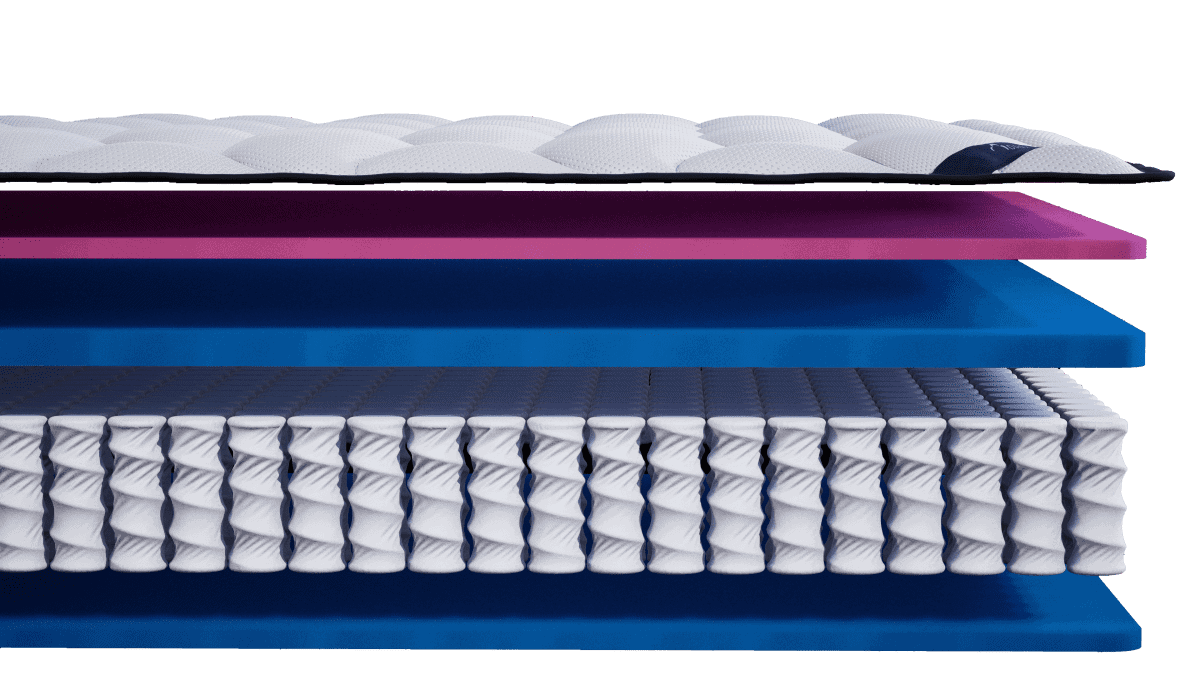
Creating the Perfect Night's Sleep
 When it comes to getting a good night's sleep, the right mattress can make all the difference. With so many different types of mattresses on the market, it can be overwhelming trying to decide which one is best for you. However, one type of mattress that has been gaining popularity is the foam mattress. These mattresses are known for their ability to conform to the body, providing a comfortable and supportive sleeping experience. But, what sets a foam mattress apart from the rest? The answer lies in its layers.
Layers are an essential component of a foam mattress, dictating its overall comfort and support.
While traditional mattresses may only have a few layers, foam mattresses are made up of multiple layers of foam, each serving a specific purpose. Let's take a closer look at the layers that make up a foam mattress and why they are so important.
When it comes to getting a good night's sleep, the right mattress can make all the difference. With so many different types of mattresses on the market, it can be overwhelming trying to decide which one is best for you. However, one type of mattress that has been gaining popularity is the foam mattress. These mattresses are known for their ability to conform to the body, providing a comfortable and supportive sleeping experience. But, what sets a foam mattress apart from the rest? The answer lies in its layers.
Layers are an essential component of a foam mattress, dictating its overall comfort and support.
While traditional mattresses may only have a few layers, foam mattresses are made up of multiple layers of foam, each serving a specific purpose. Let's take a closer look at the layers that make up a foam mattress and why they are so important.
Support Layer
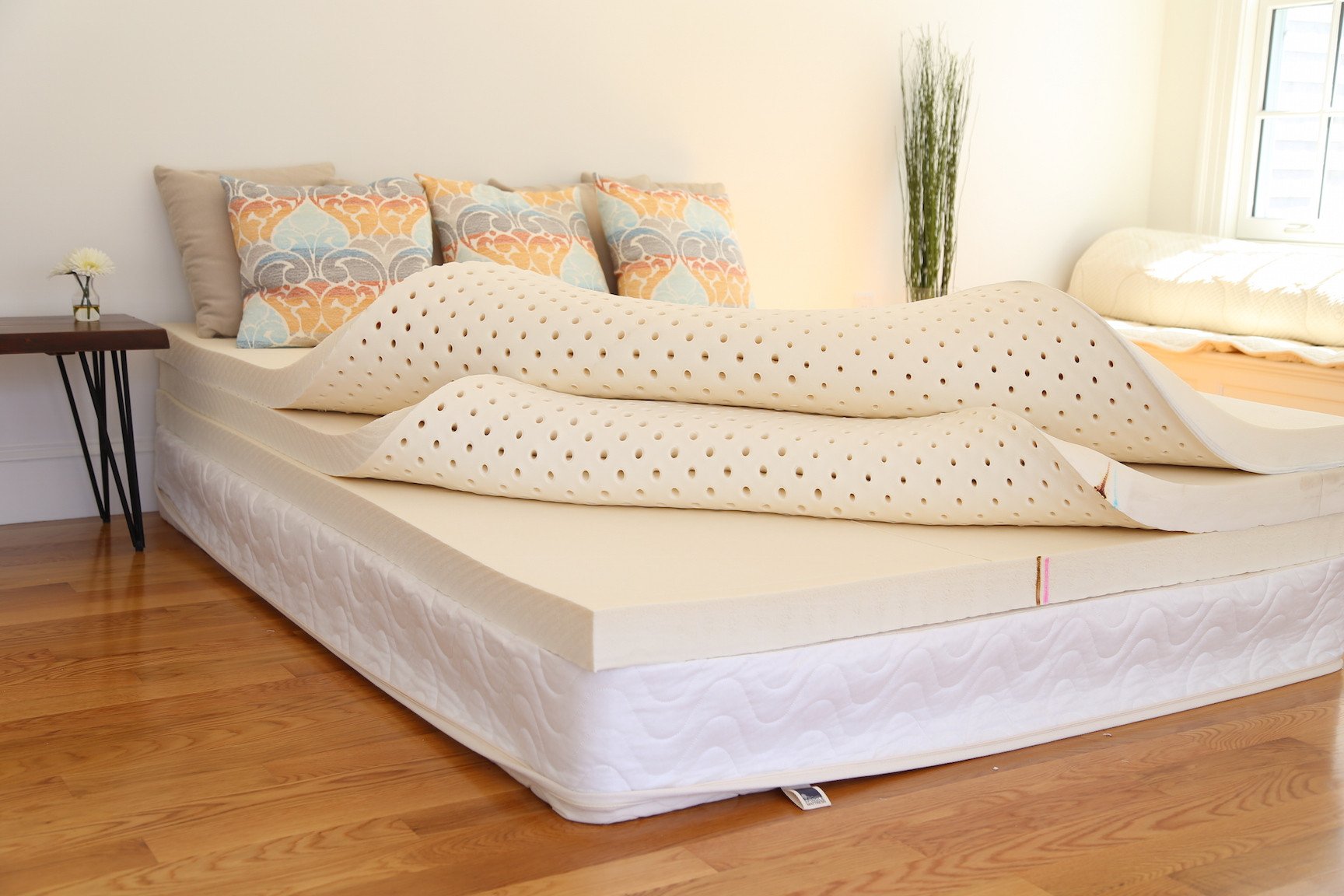 The bottom layer of a foam mattress is known as the support layer. This layer is responsible for providing the foundation and overall support for the mattress. Typically made from high-density foam, this layer helps to distribute weight evenly, preventing any sagging or sinking in the mattress. A solid support layer is crucial for maintaining proper spinal alignment and ensuring a comfortable sleeping surface.
The bottom layer of a foam mattress is known as the support layer. This layer is responsible for providing the foundation and overall support for the mattress. Typically made from high-density foam, this layer helps to distribute weight evenly, preventing any sagging or sinking in the mattress. A solid support layer is crucial for maintaining proper spinal alignment and ensuring a comfortable sleeping surface.
Transition Layer
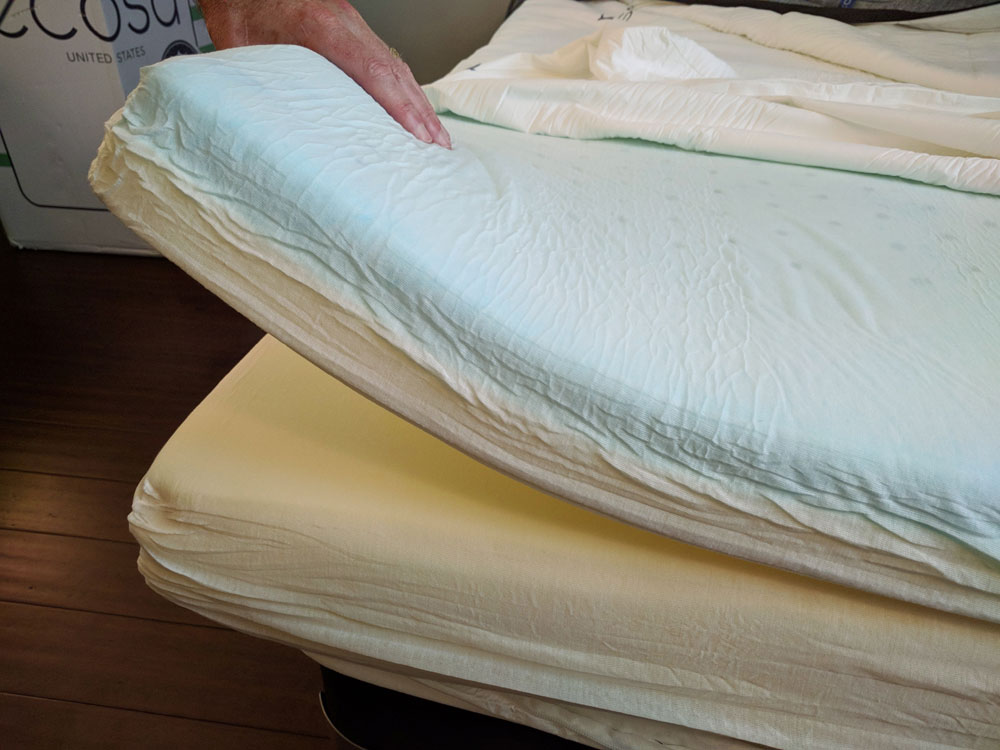 The next layer of a foam mattress is the transition layer. This layer acts as a buffer between the support layer and the top comfort layers. It is made from a slightly softer foam, providing a gentle transition between the firm support layer and the softer comfort layers above. This layer also helps to prevent any uncomfortable pressure points from forming.
The next layer of a foam mattress is the transition layer. This layer acts as a buffer between the support layer and the top comfort layers. It is made from a slightly softer foam, providing a gentle transition between the firm support layer and the softer comfort layers above. This layer also helps to prevent any uncomfortable pressure points from forming.
Comfort Layers
 The top layers of a foam mattress are known as the comfort layers. These layers are responsible for providing the plush, cushioned feel that foam mattresses are known for. The comfort layers are typically made from a combination of memory foam, latex foam, or polyfoam. Each type of foam offers different levels of support and pressure relief, allowing you to customize your mattress to your specific needs.
Having multiple layers in a foam mattress allows for a more personalized and comfortable sleeping experience.
The layers work together to evenly distribute weight, relieve pressure points, and provide the necessary support for a good night's sleep.
The top layers of a foam mattress are known as the comfort layers. These layers are responsible for providing the plush, cushioned feel that foam mattresses are known for. The comfort layers are typically made from a combination of memory foam, latex foam, or polyfoam. Each type of foam offers different levels of support and pressure relief, allowing you to customize your mattress to your specific needs.
Having multiple layers in a foam mattress allows for a more personalized and comfortable sleeping experience.
The layers work together to evenly distribute weight, relieve pressure points, and provide the necessary support for a good night's sleep.
In conclusion,
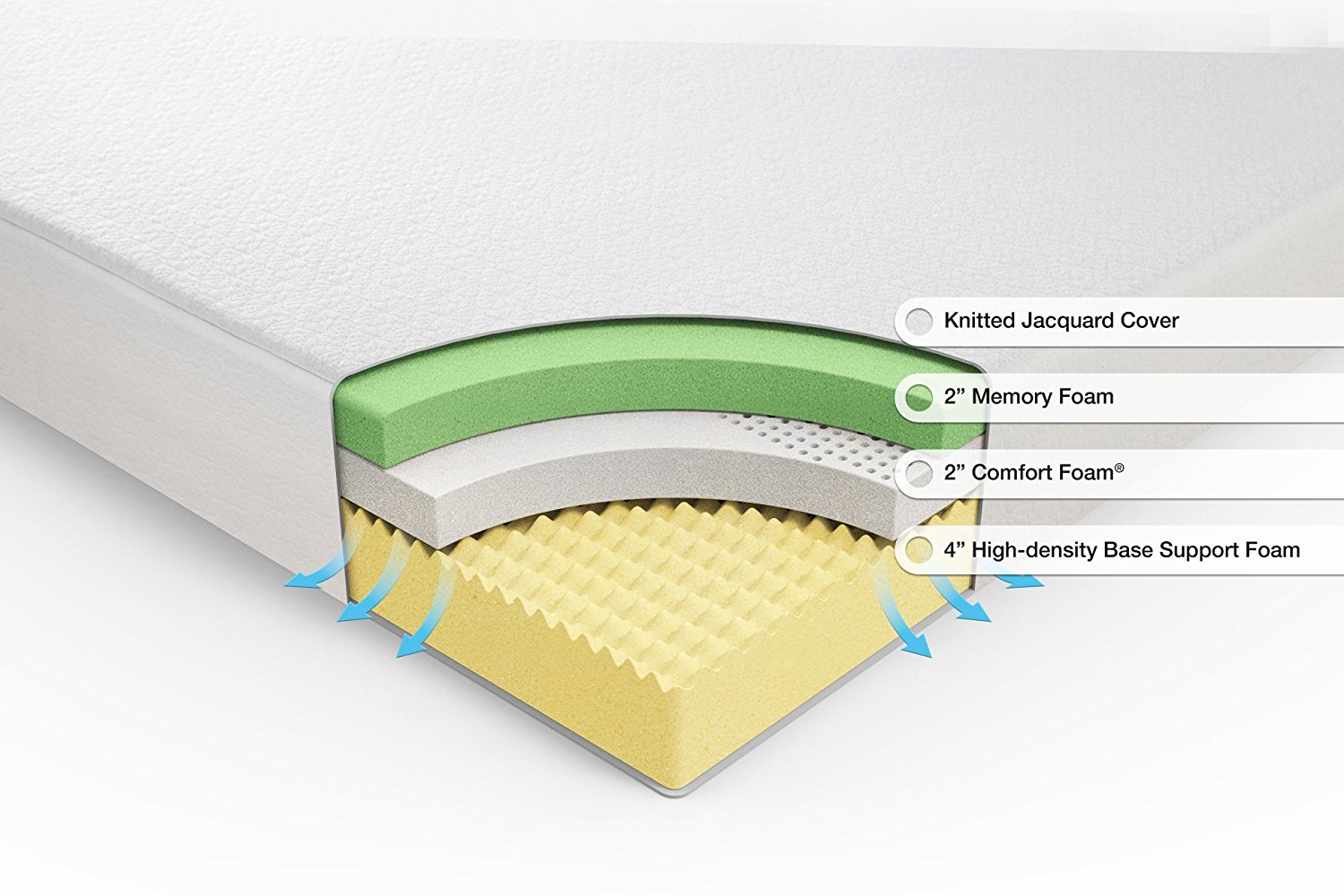 the layers of a foam mattress are what make it such a popular and comfortable choice for many. The support layer provides a solid foundation, while the transition layer and comfort layers work together to create a supportive and pressure-relieving sleeping surface. So, when considering a new mattress, don't overlook the importance of layers in a foam mattress.
the layers of a foam mattress are what make it such a popular and comfortable choice for many. The support layer provides a solid foundation, while the transition layer and comfort layers work together to create a supportive and pressure-relieving sleeping surface. So, when considering a new mattress, don't overlook the importance of layers in a foam mattress.
